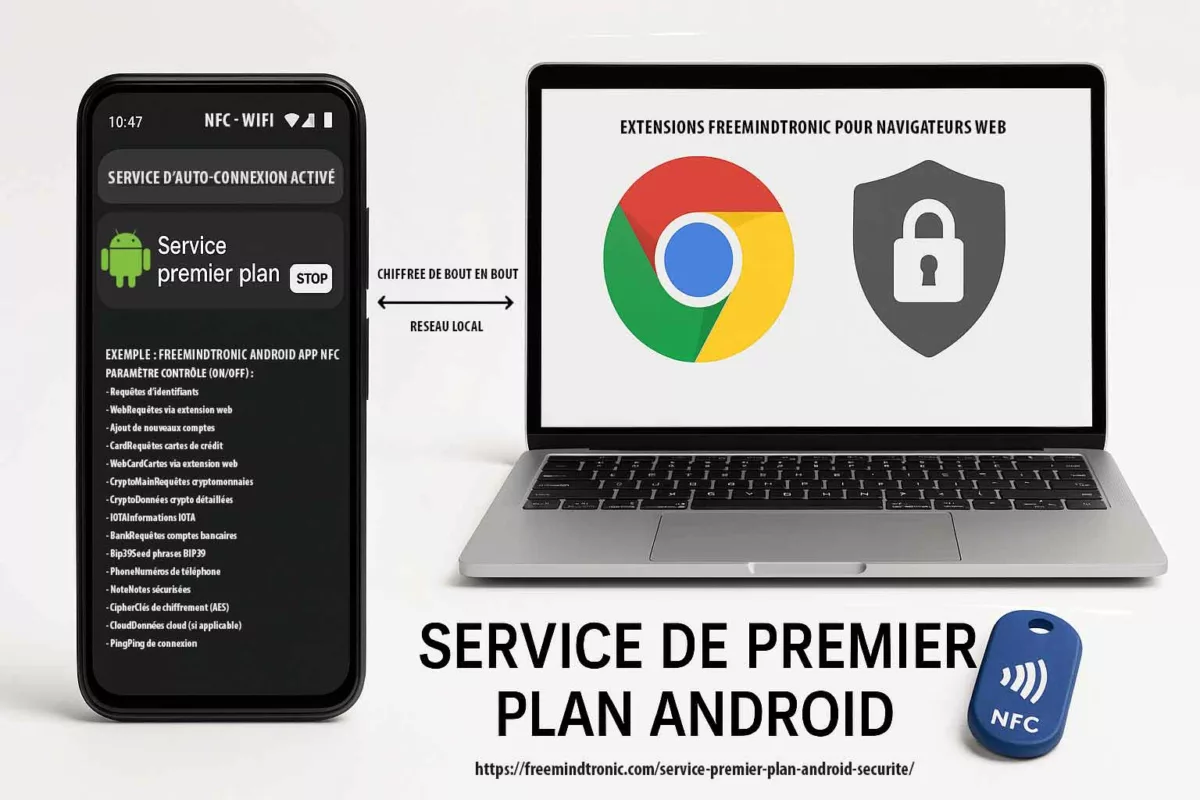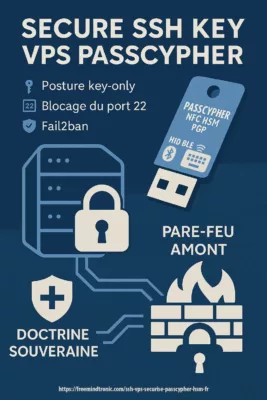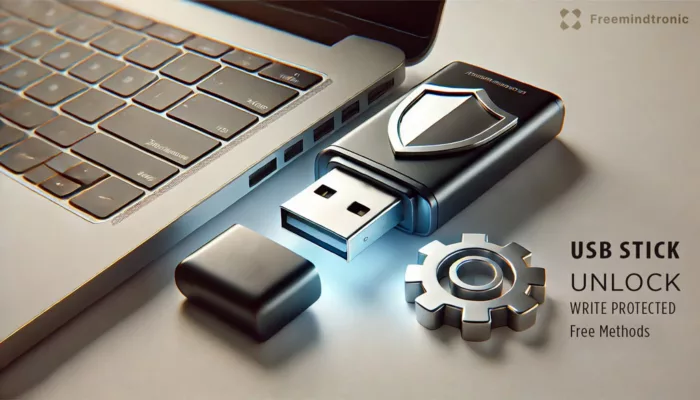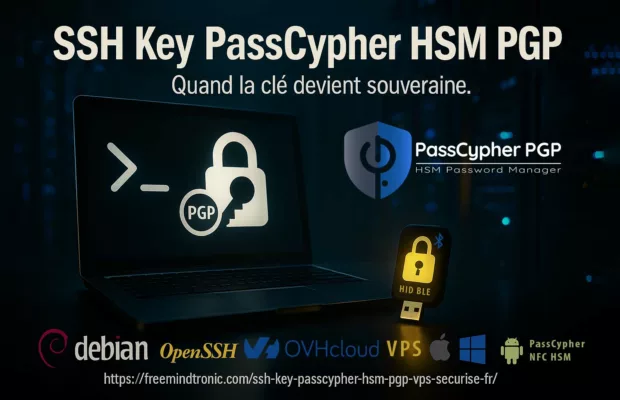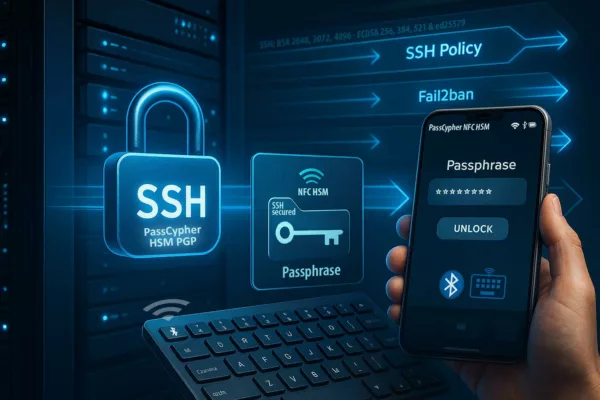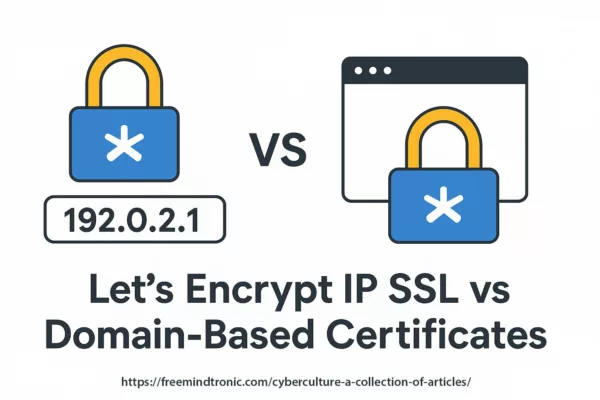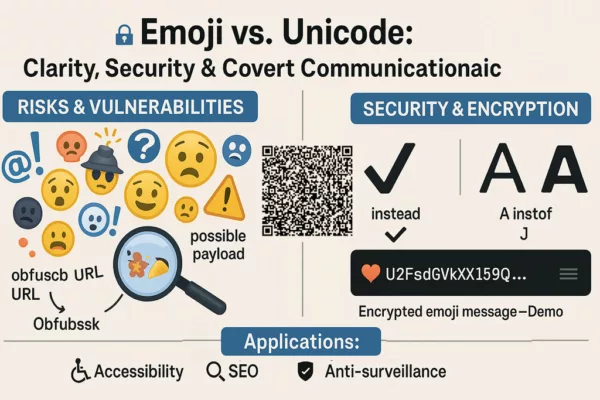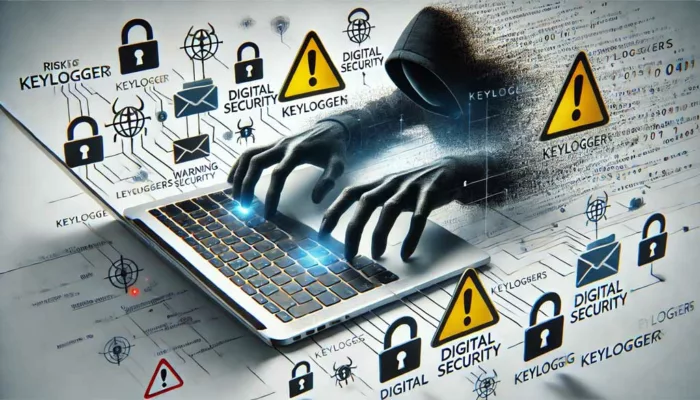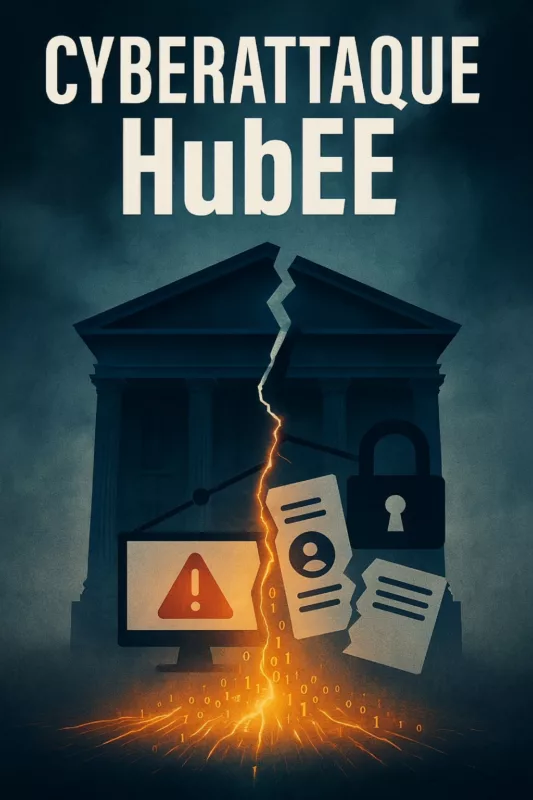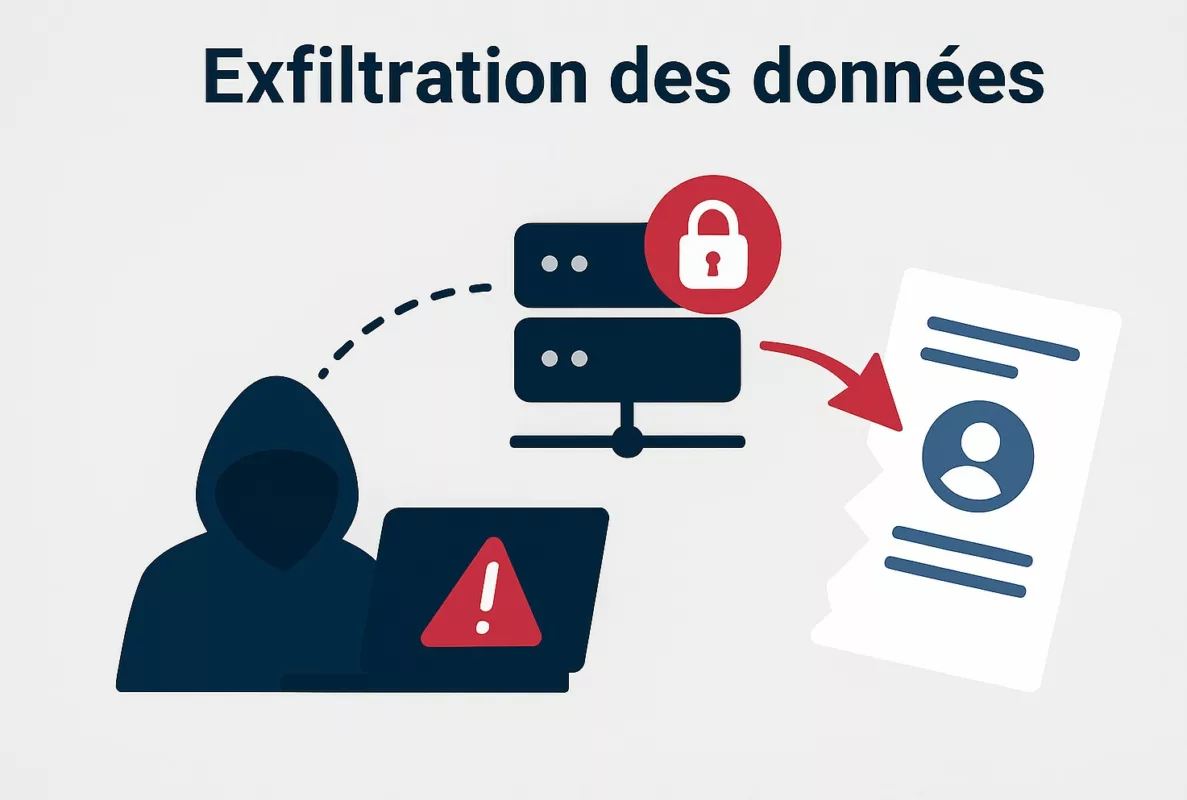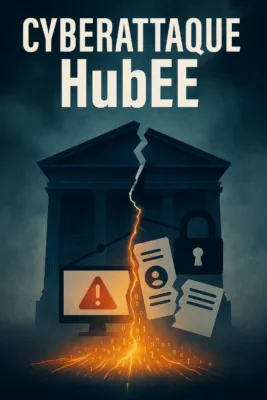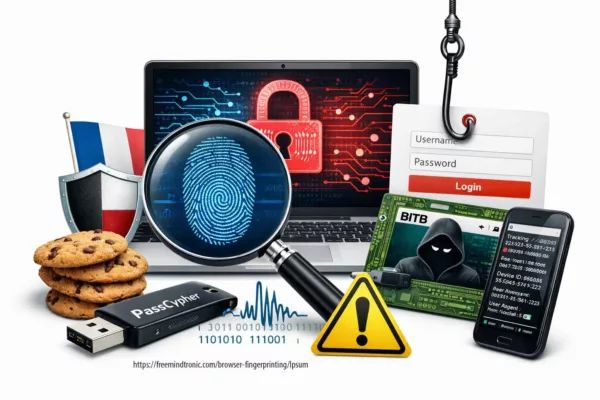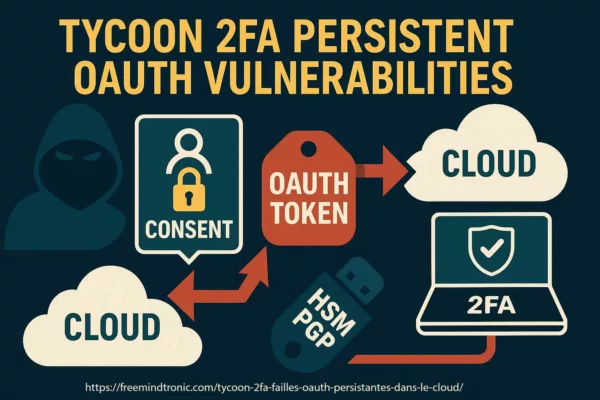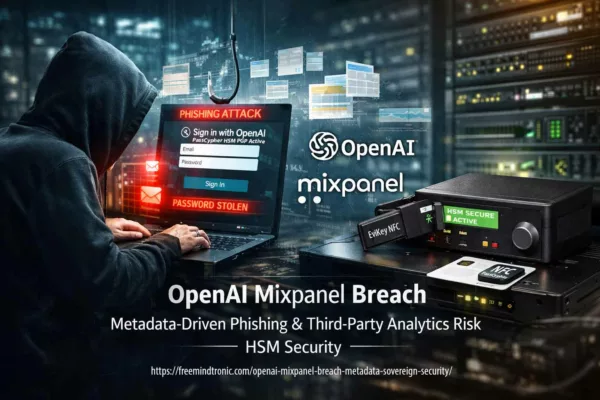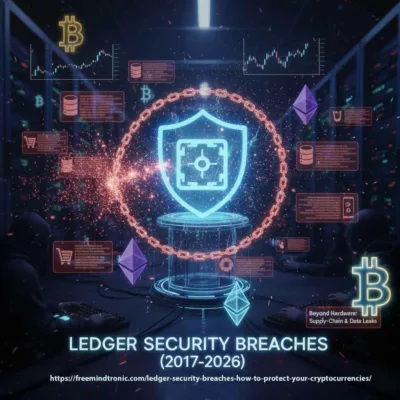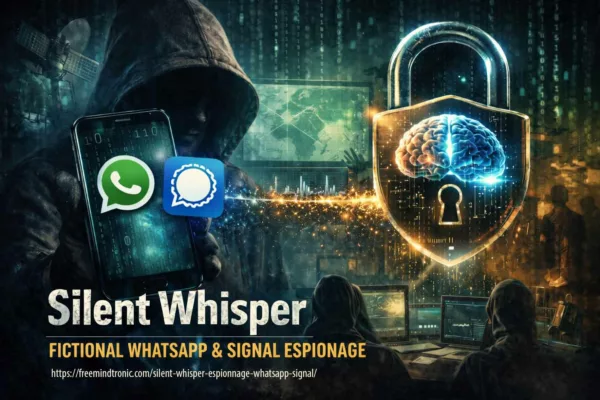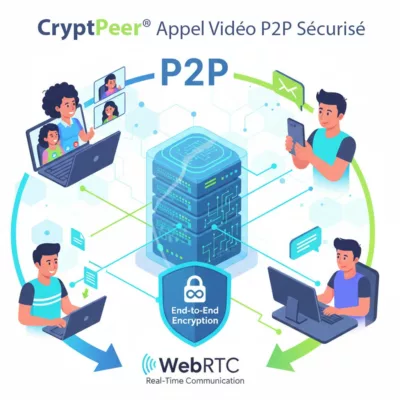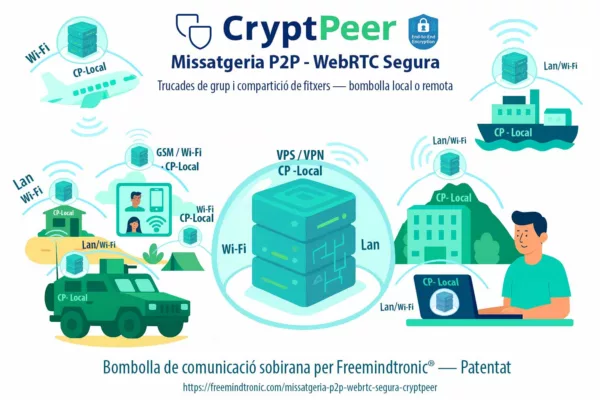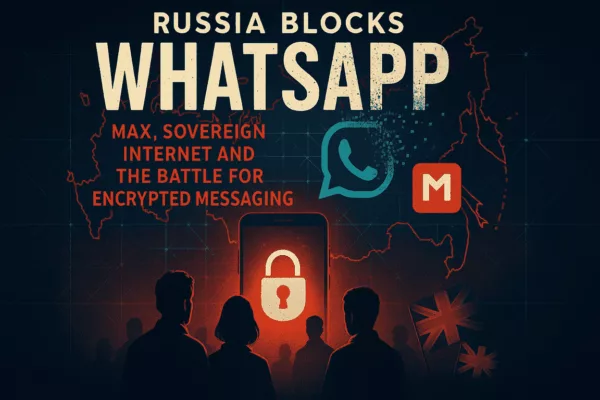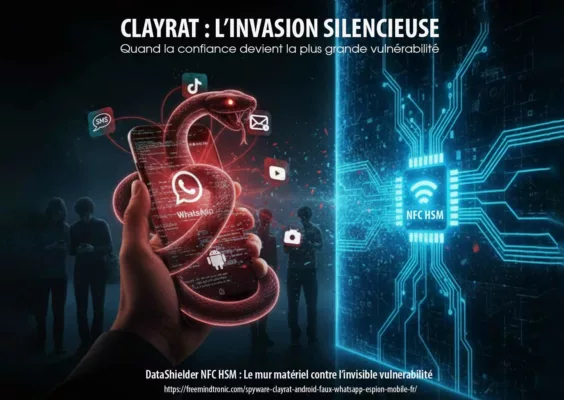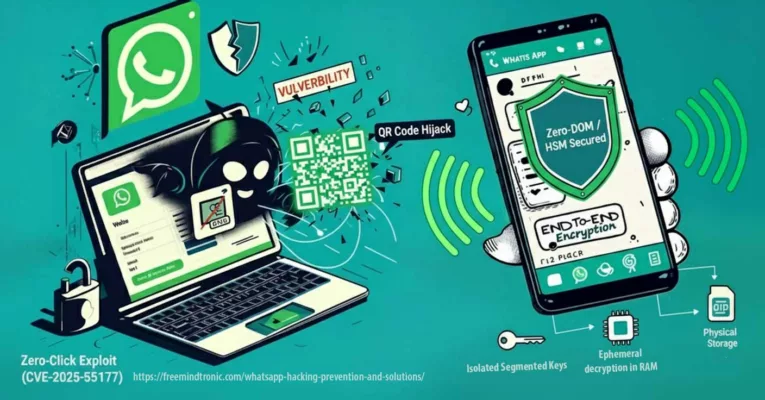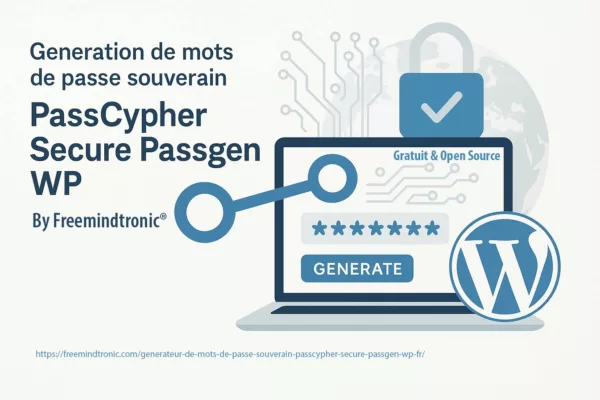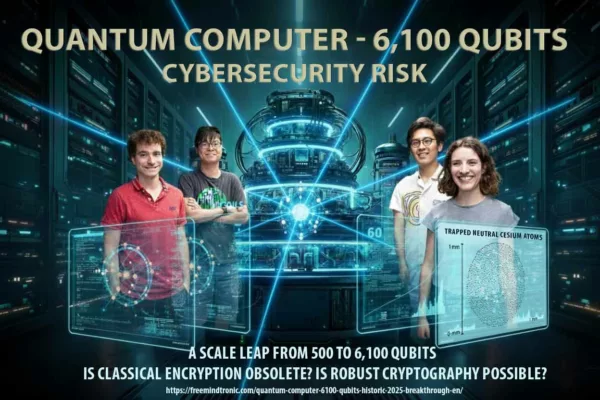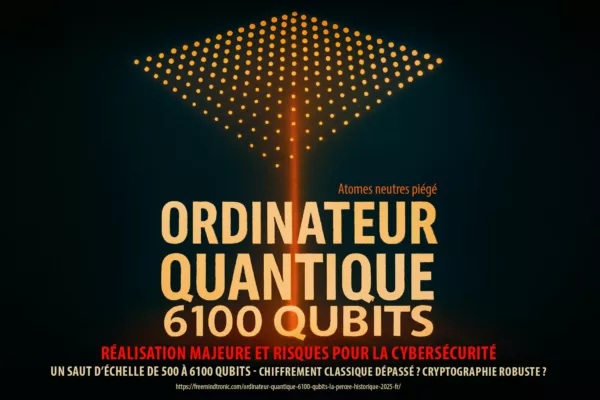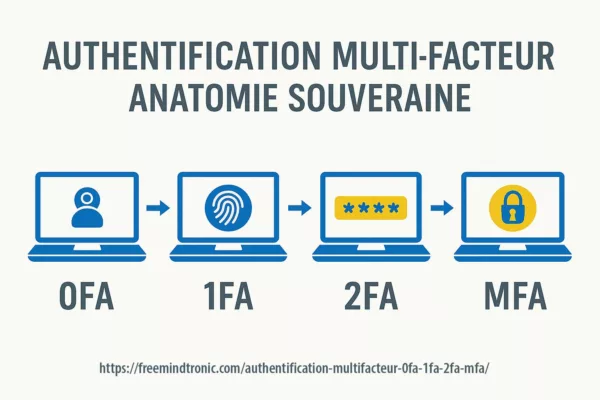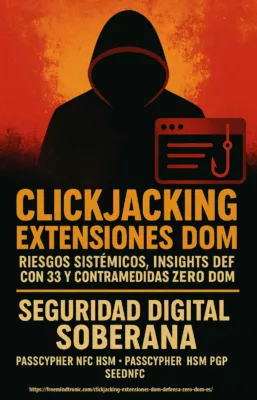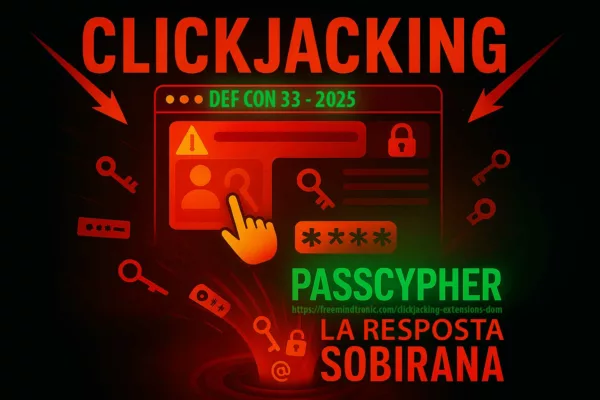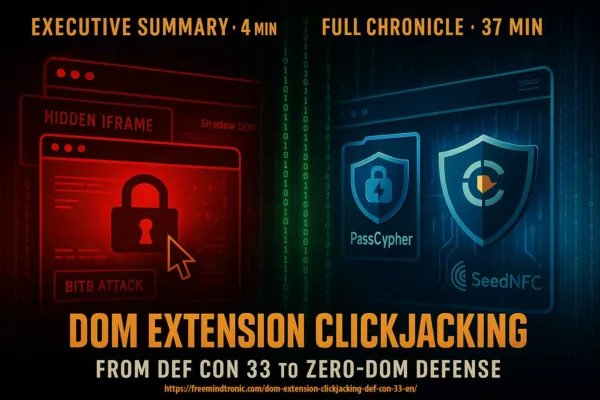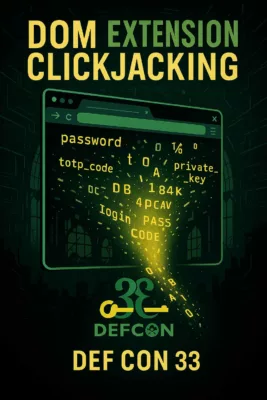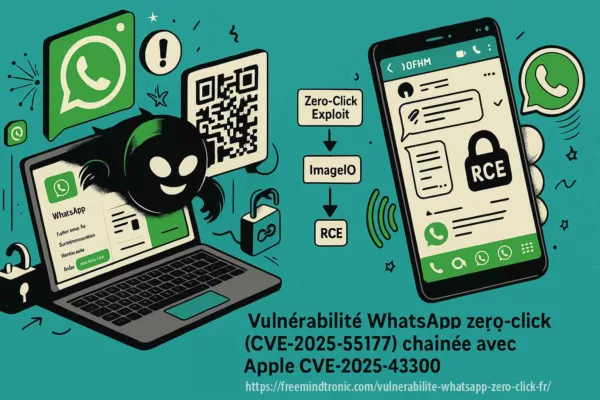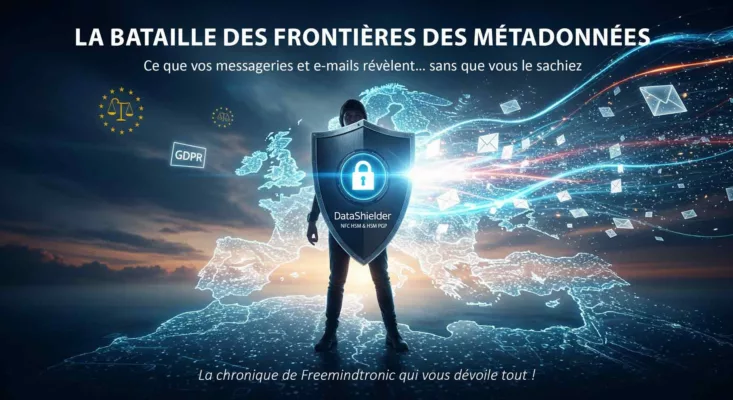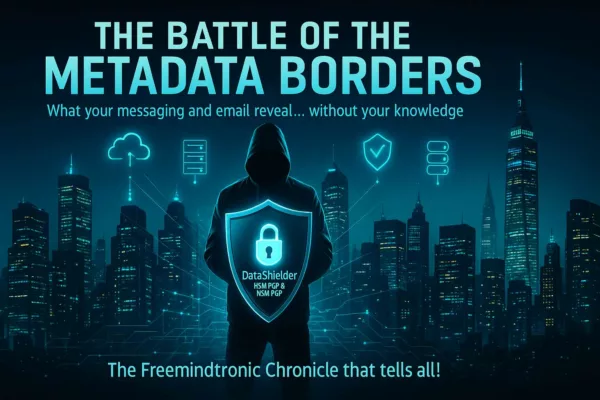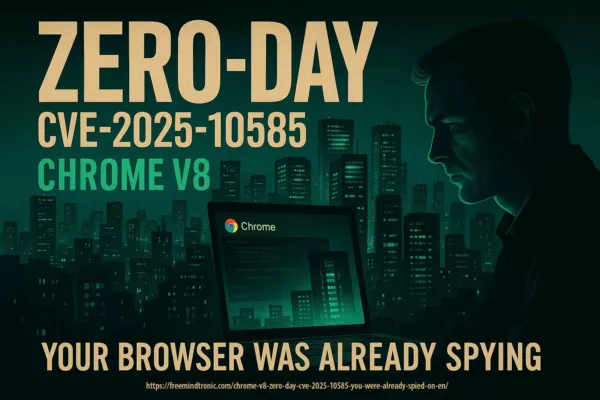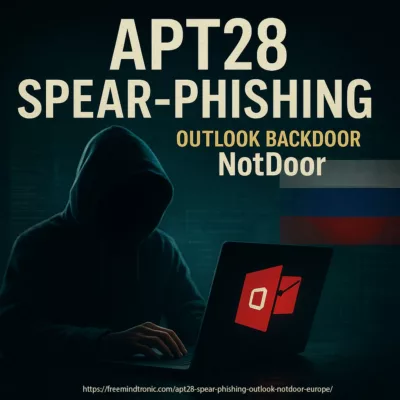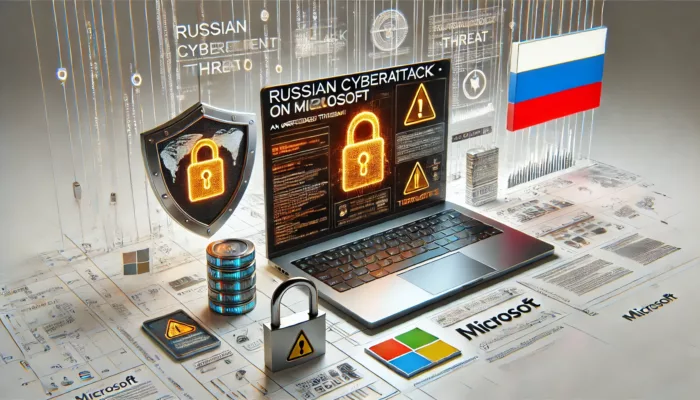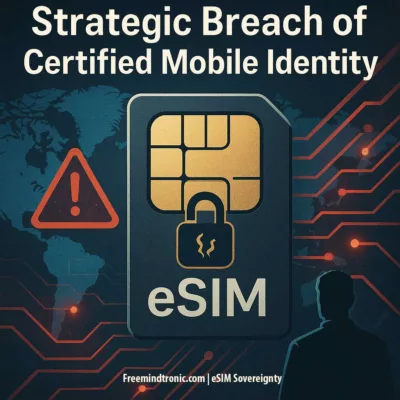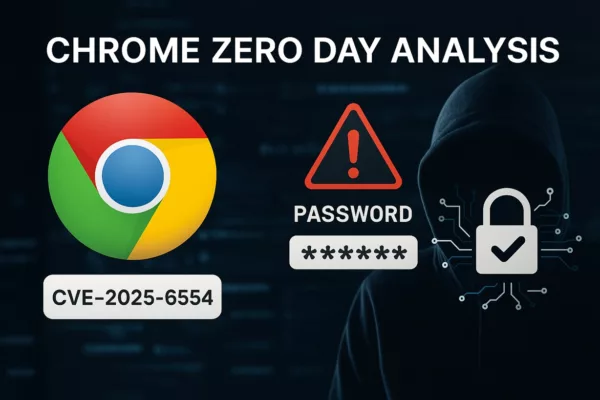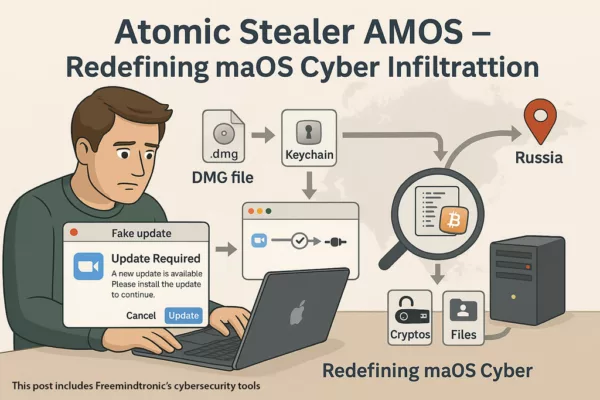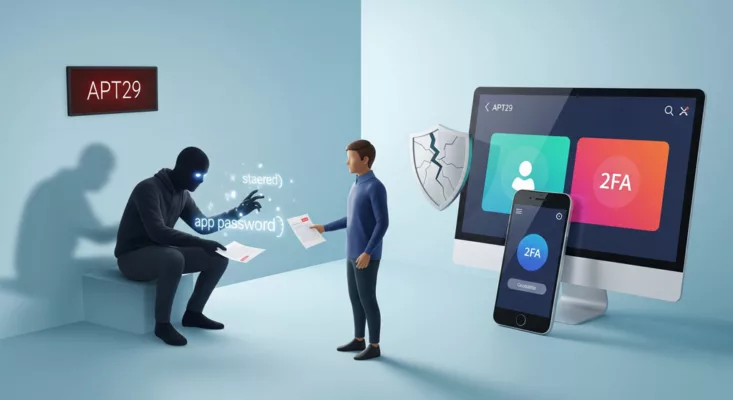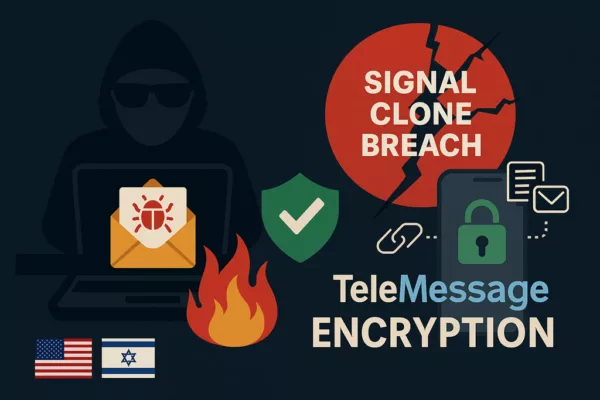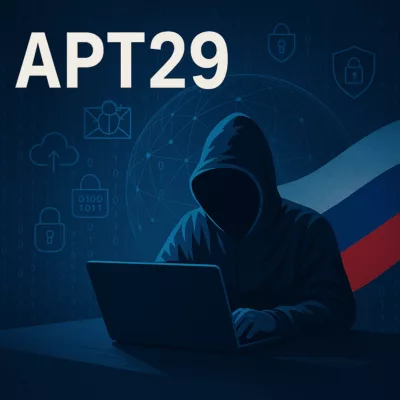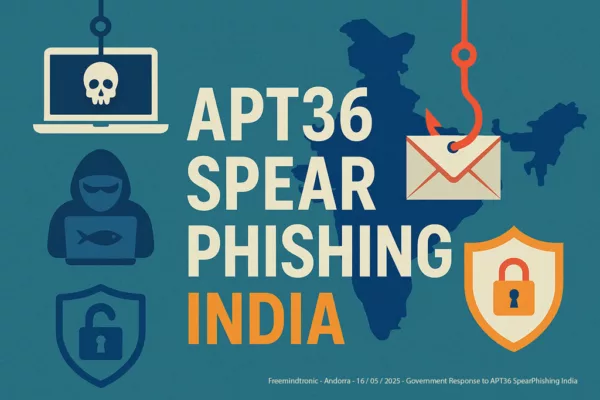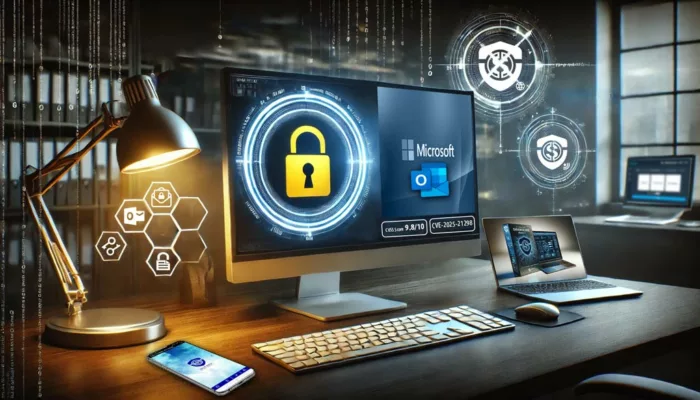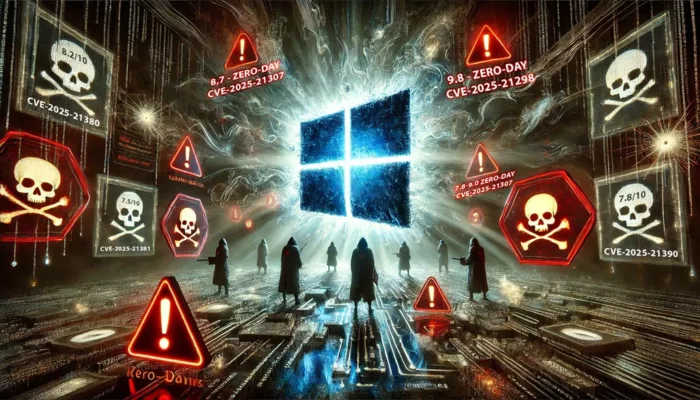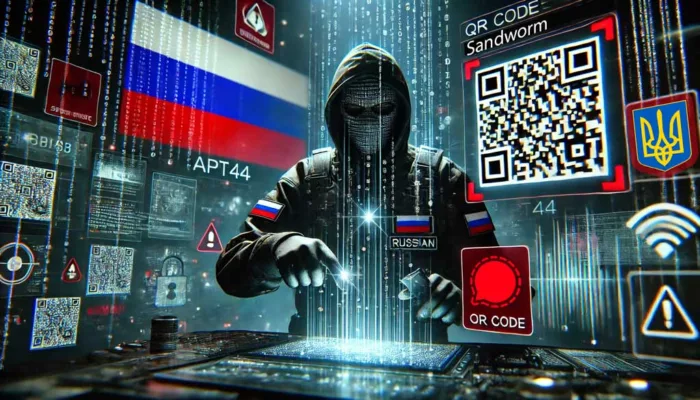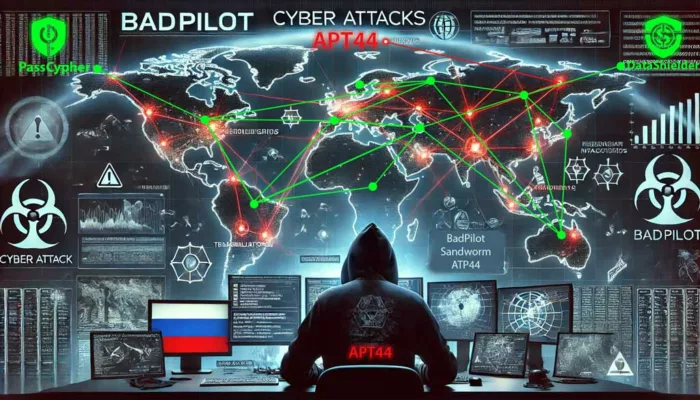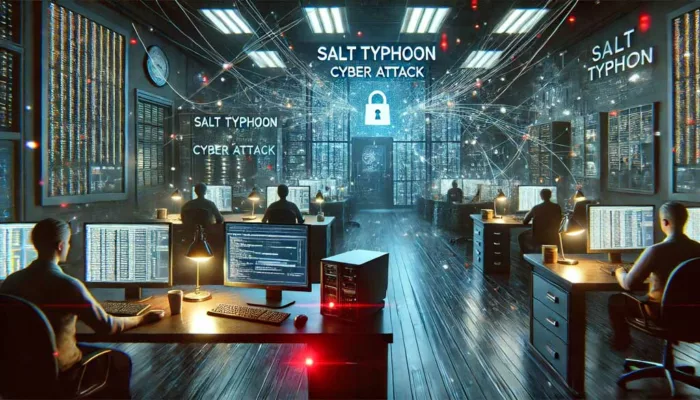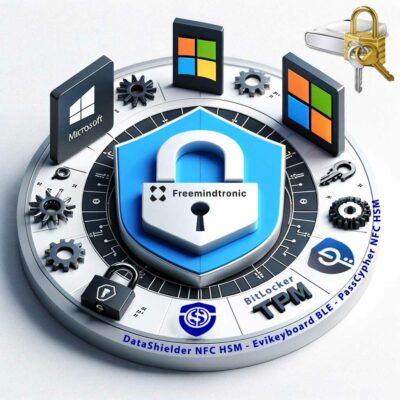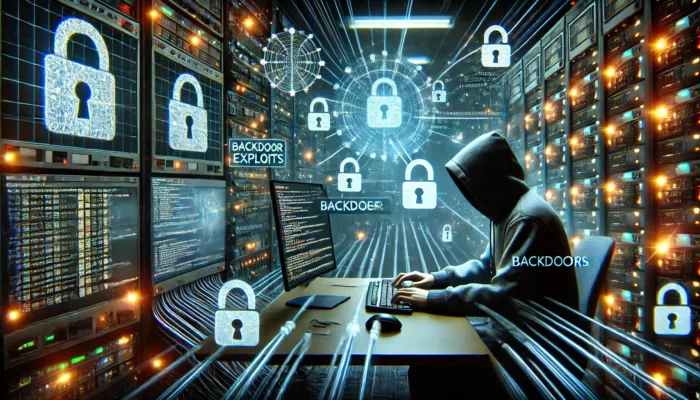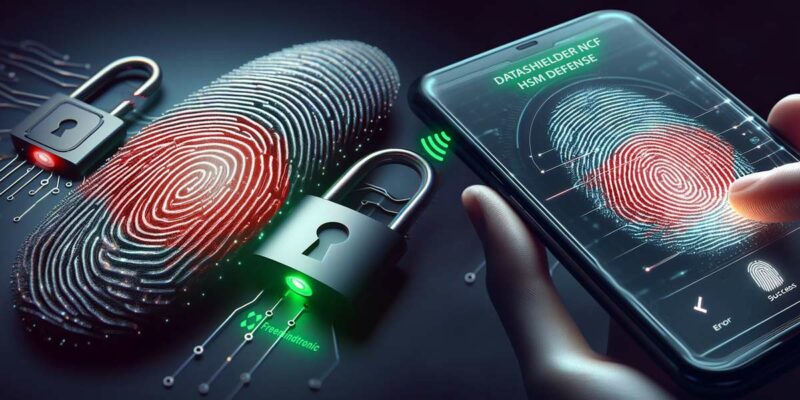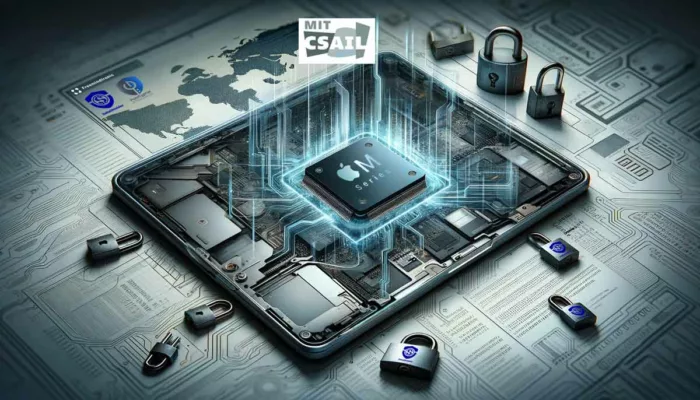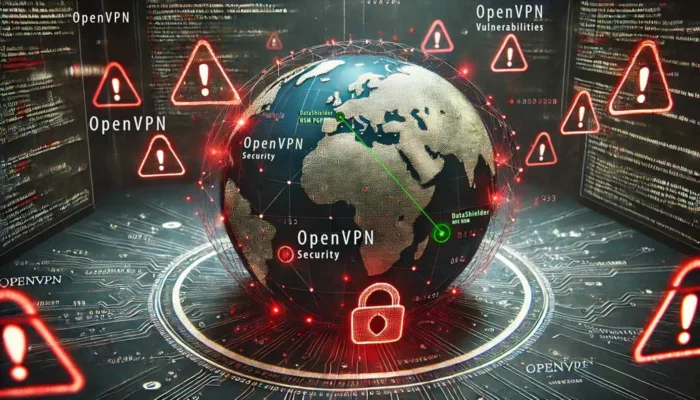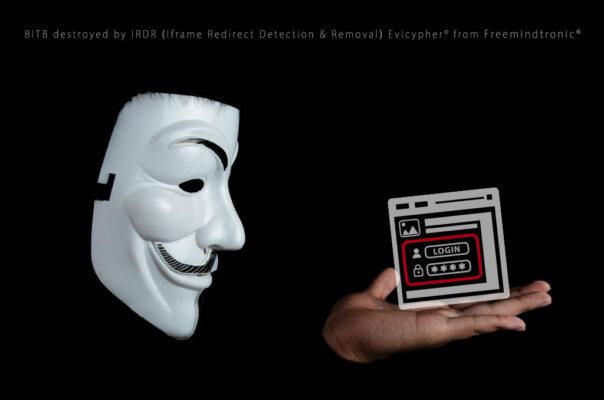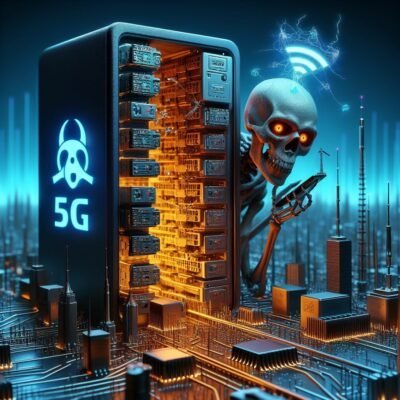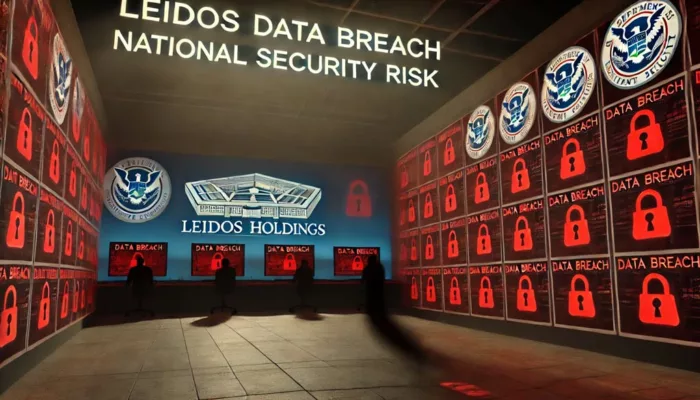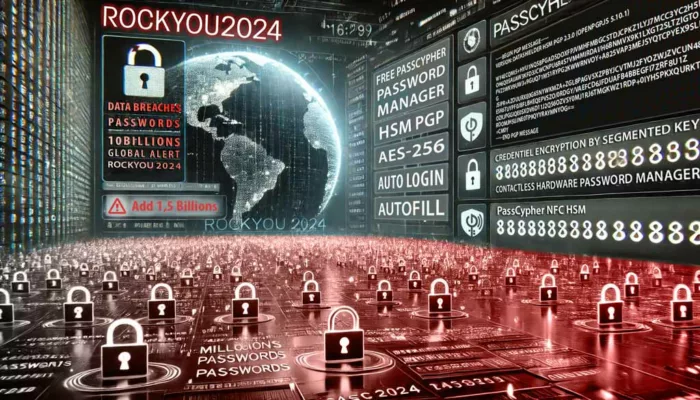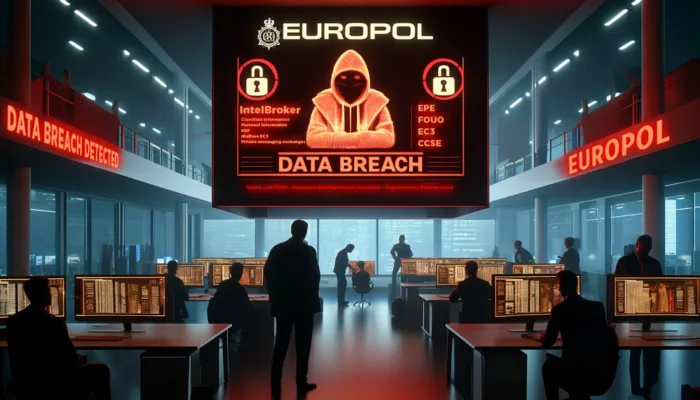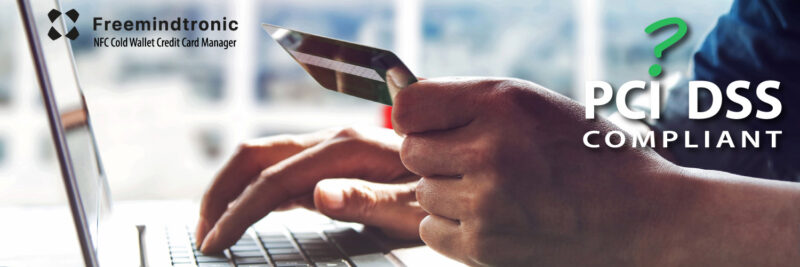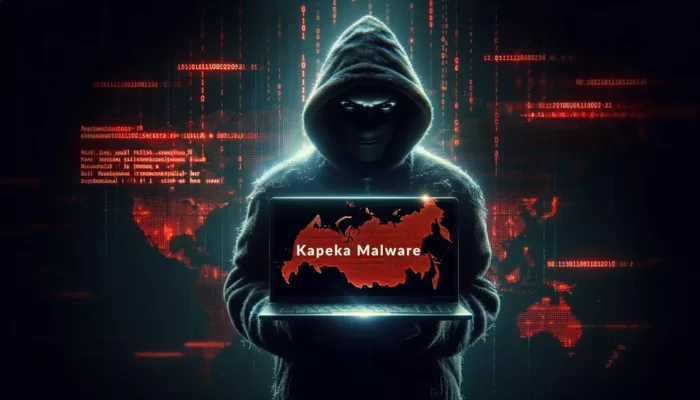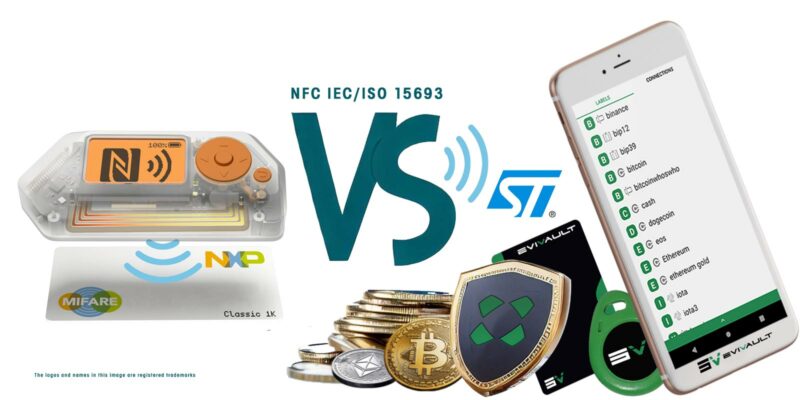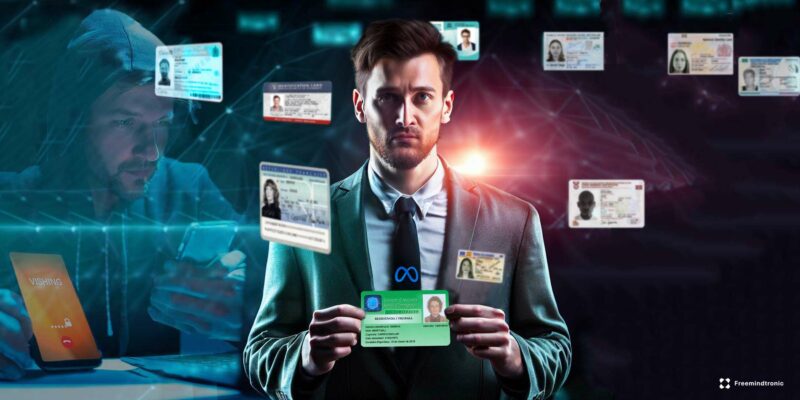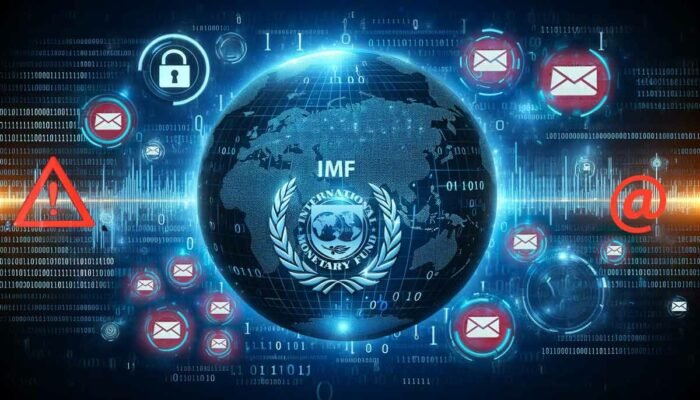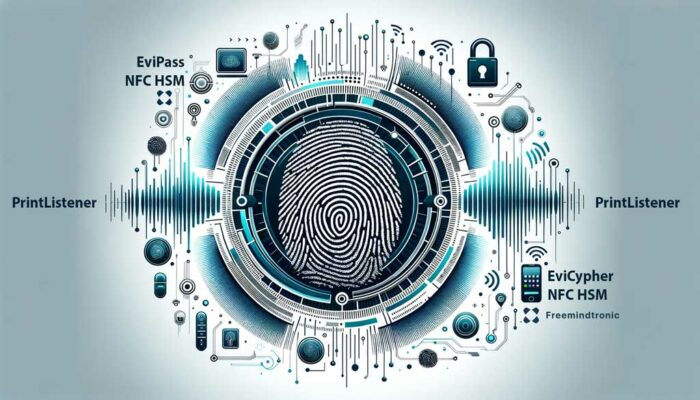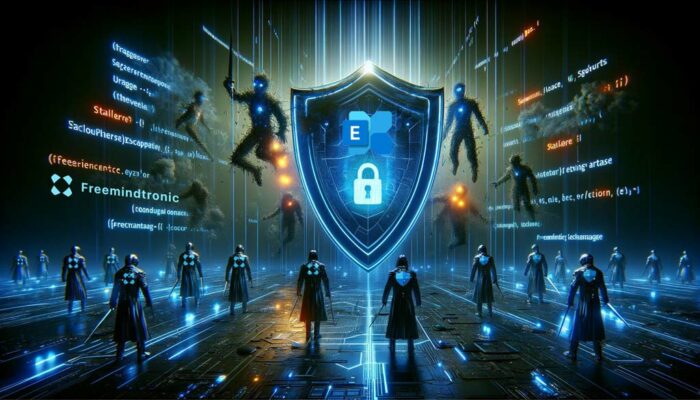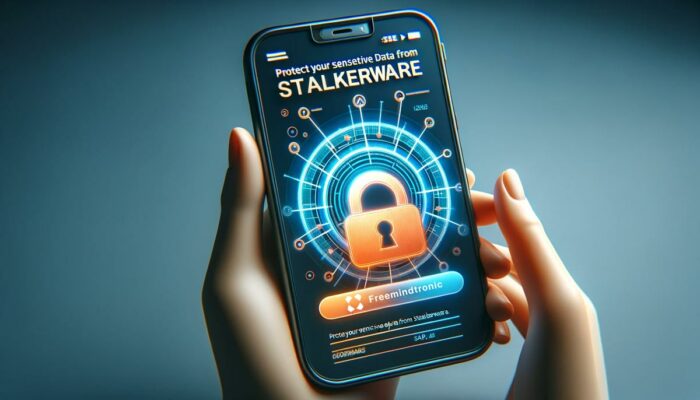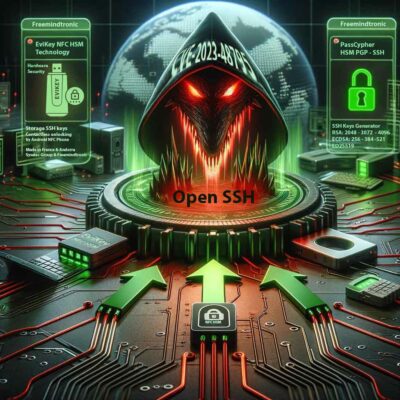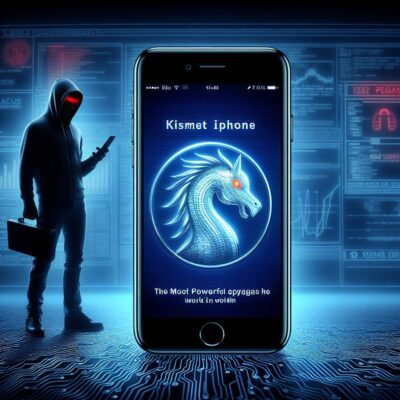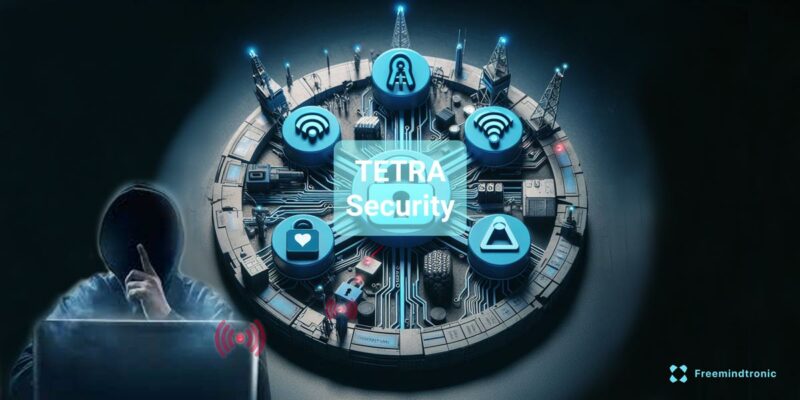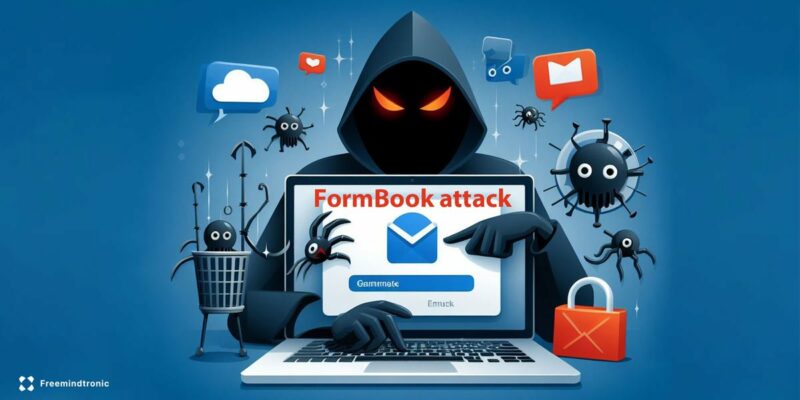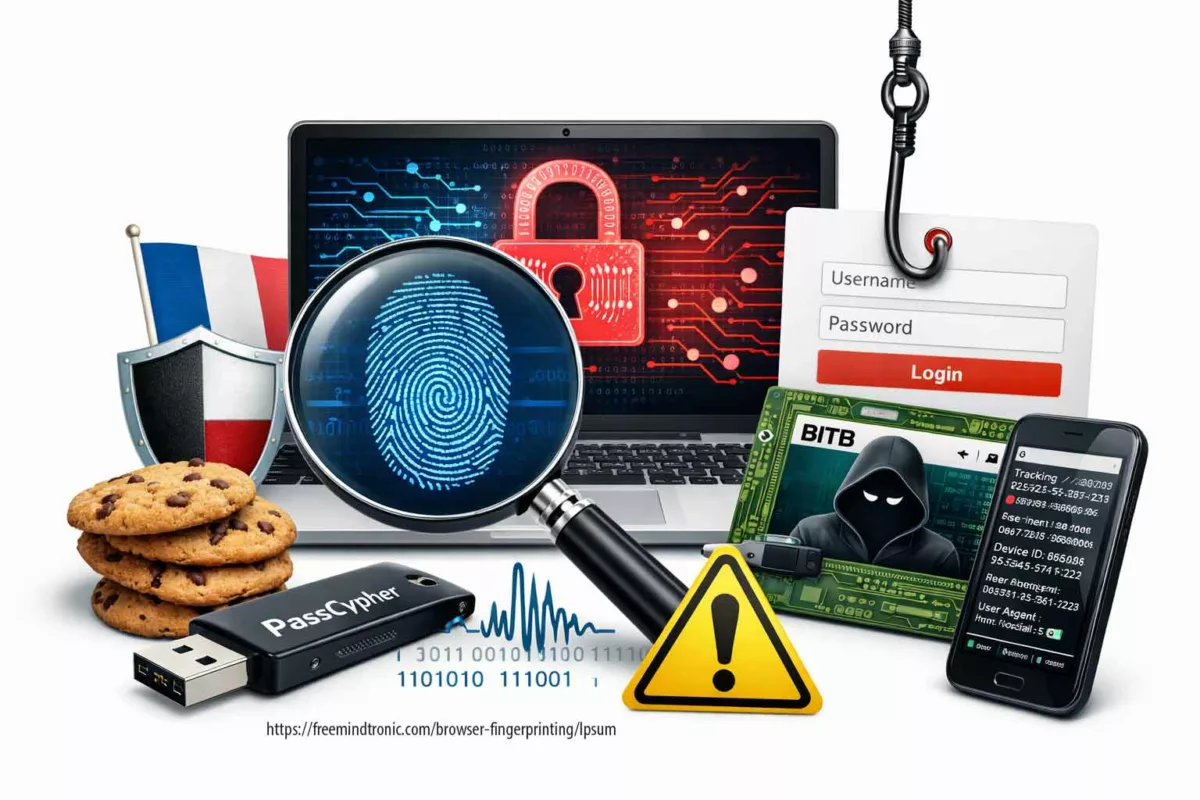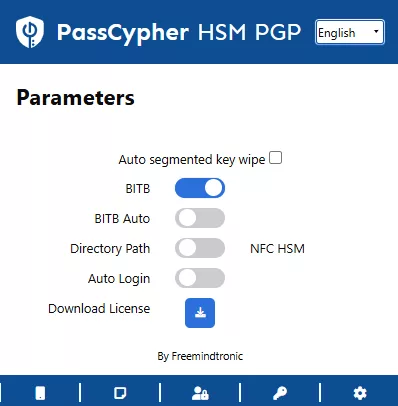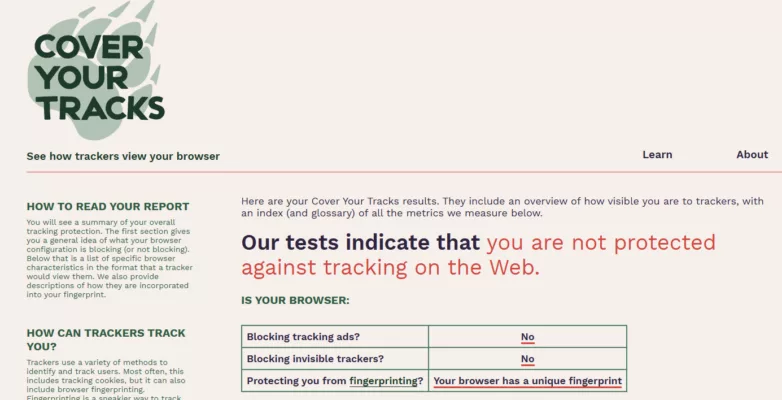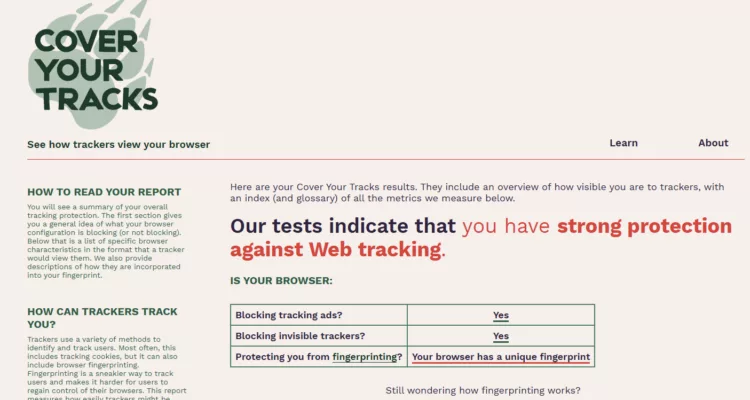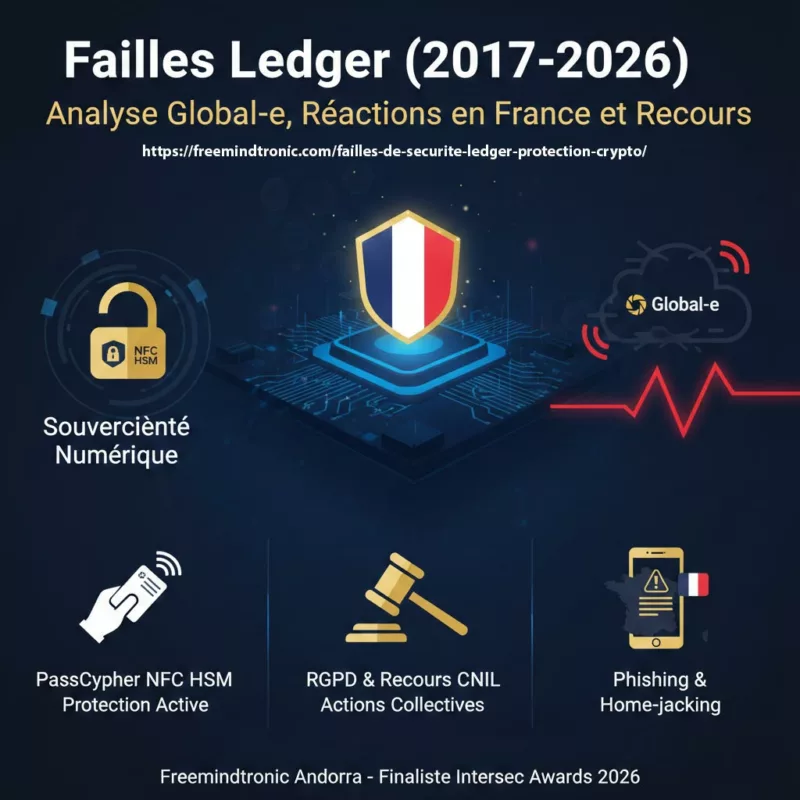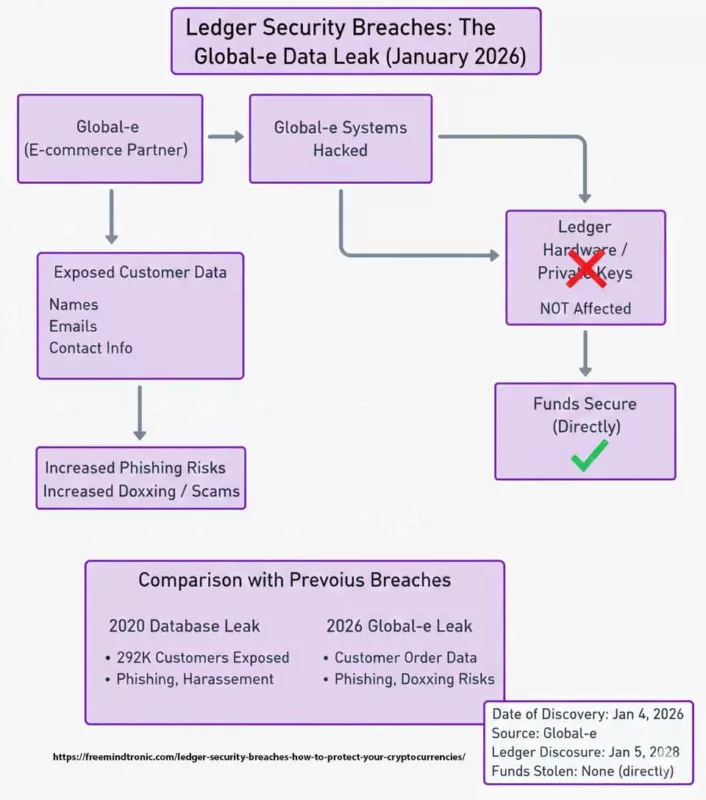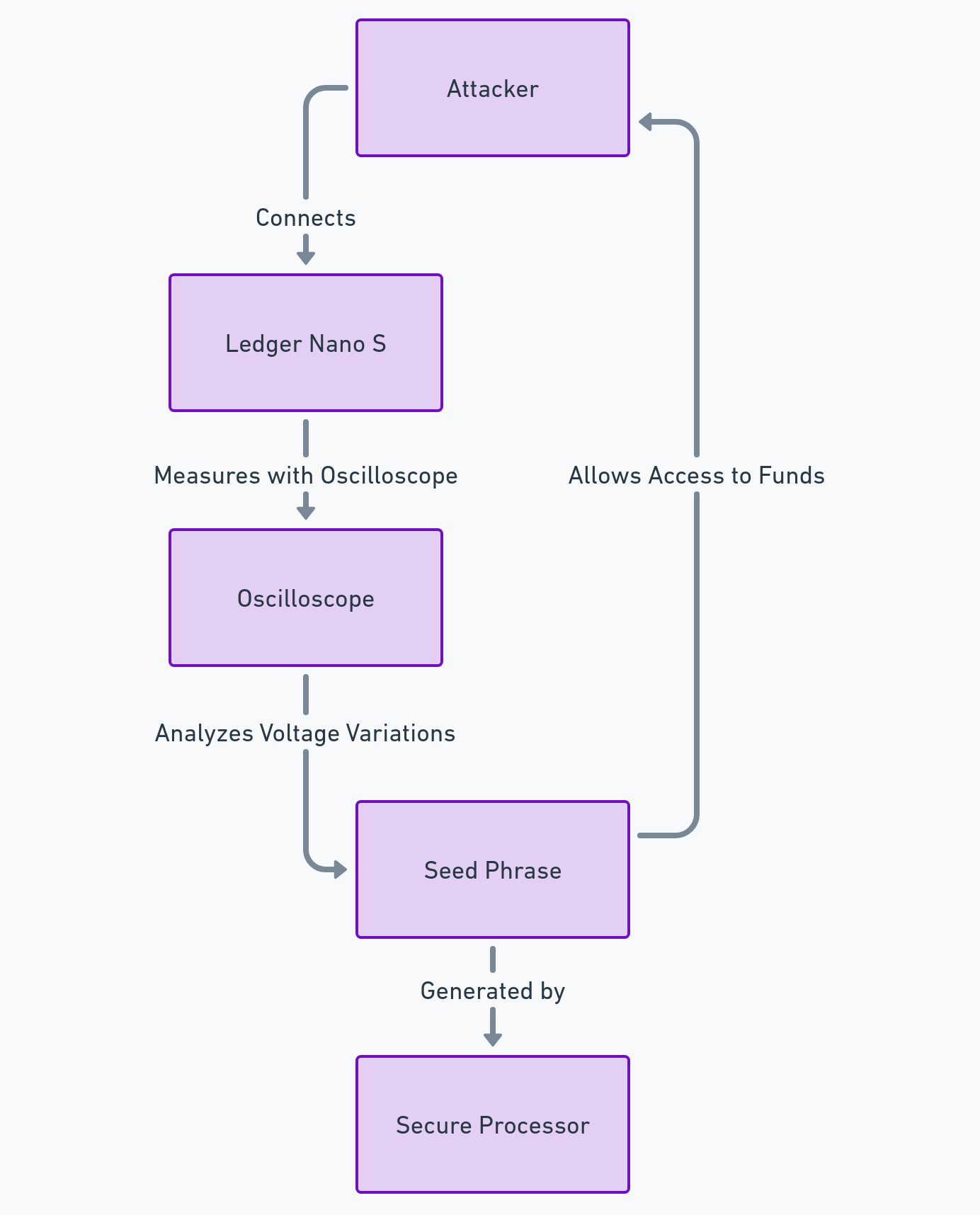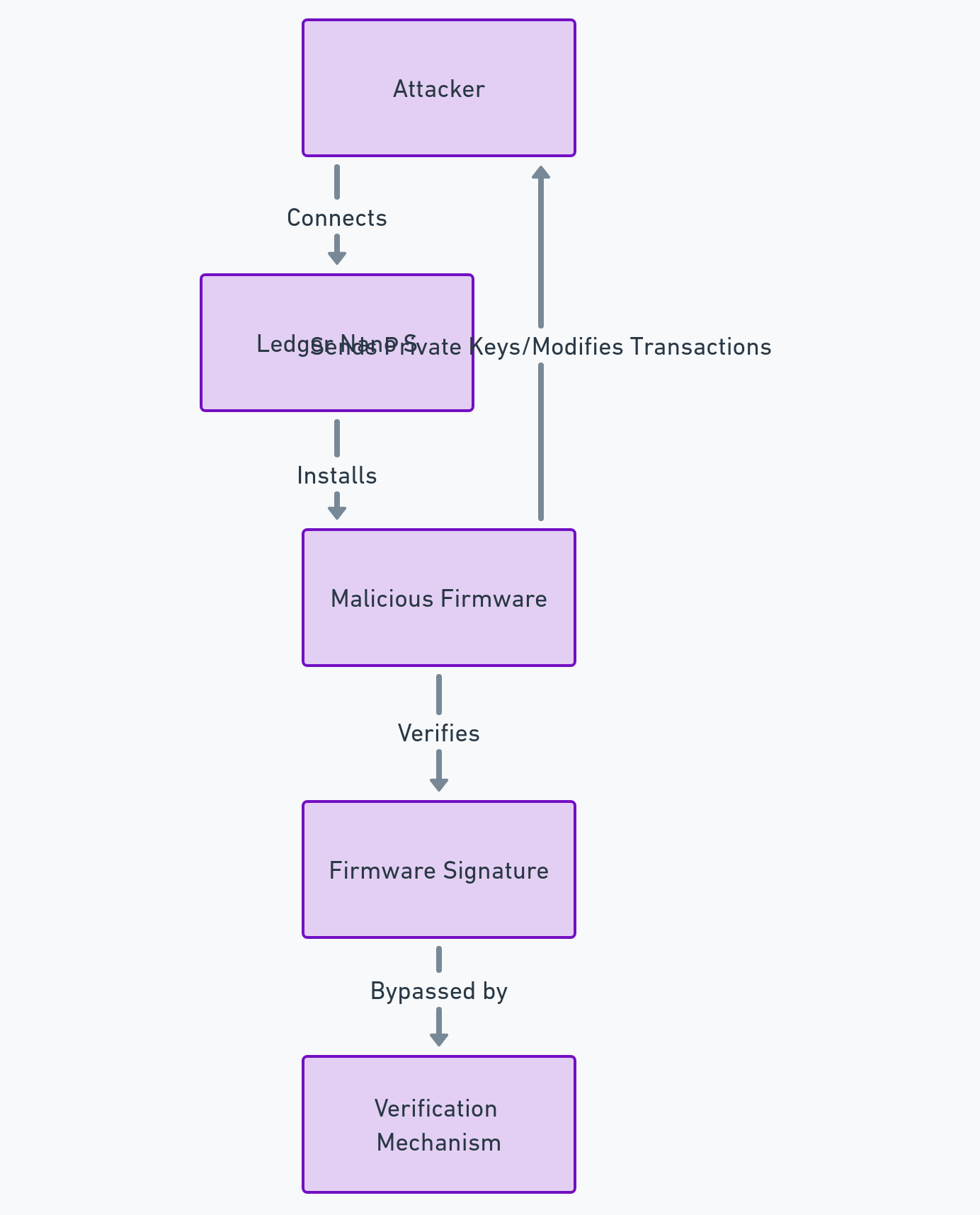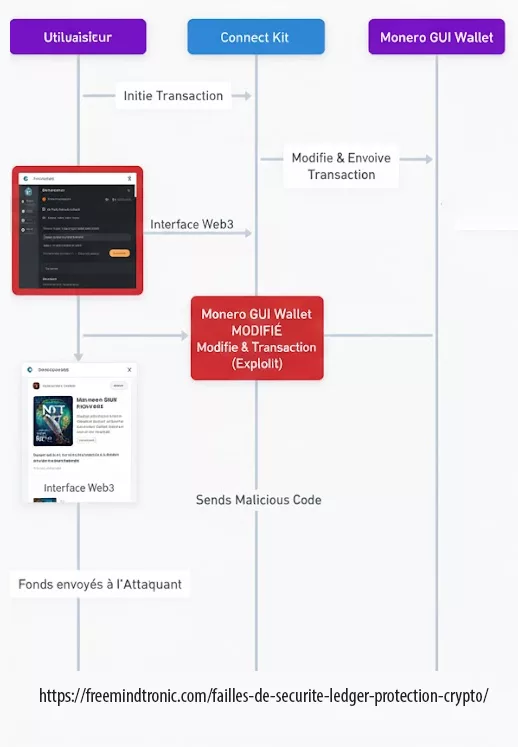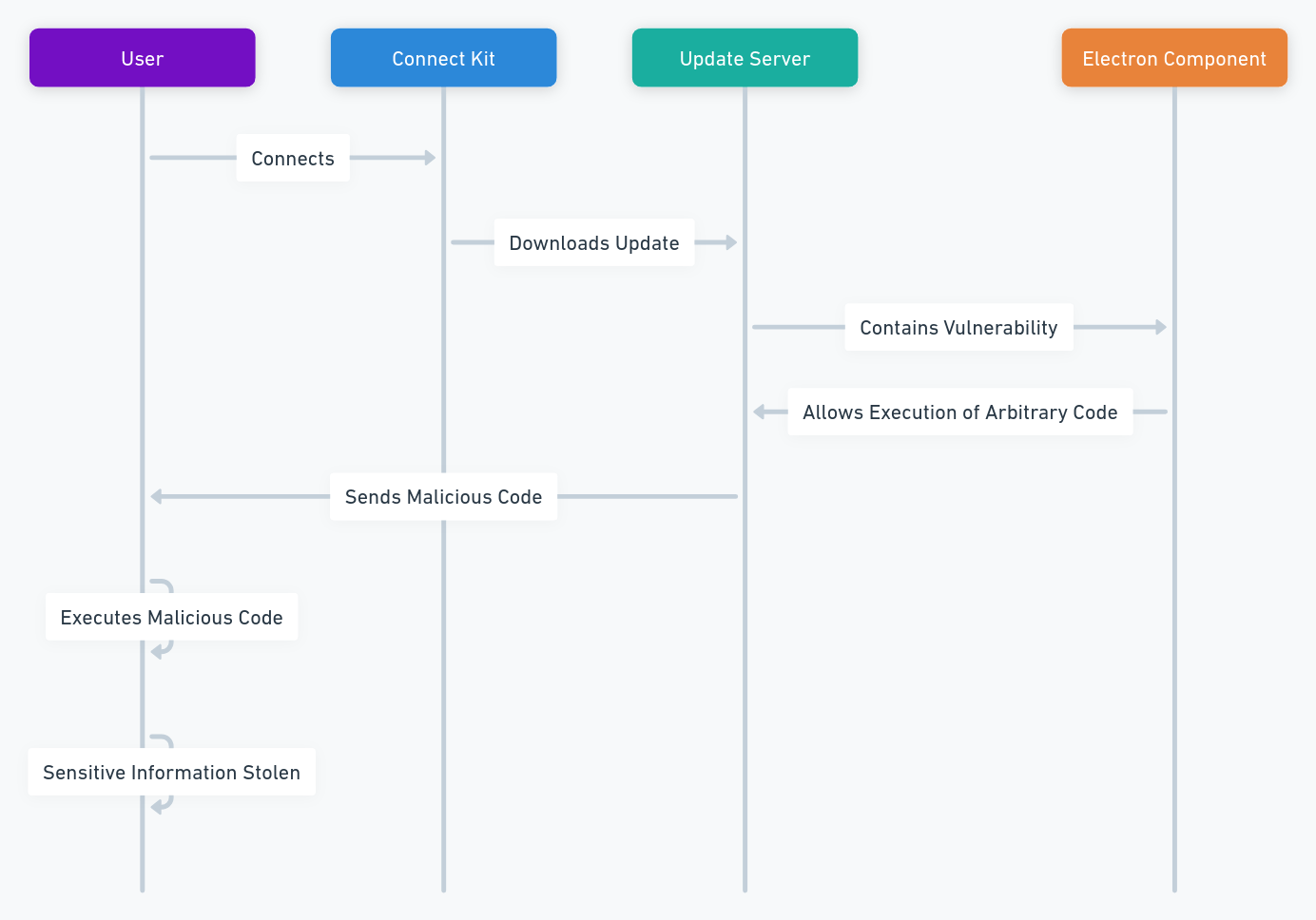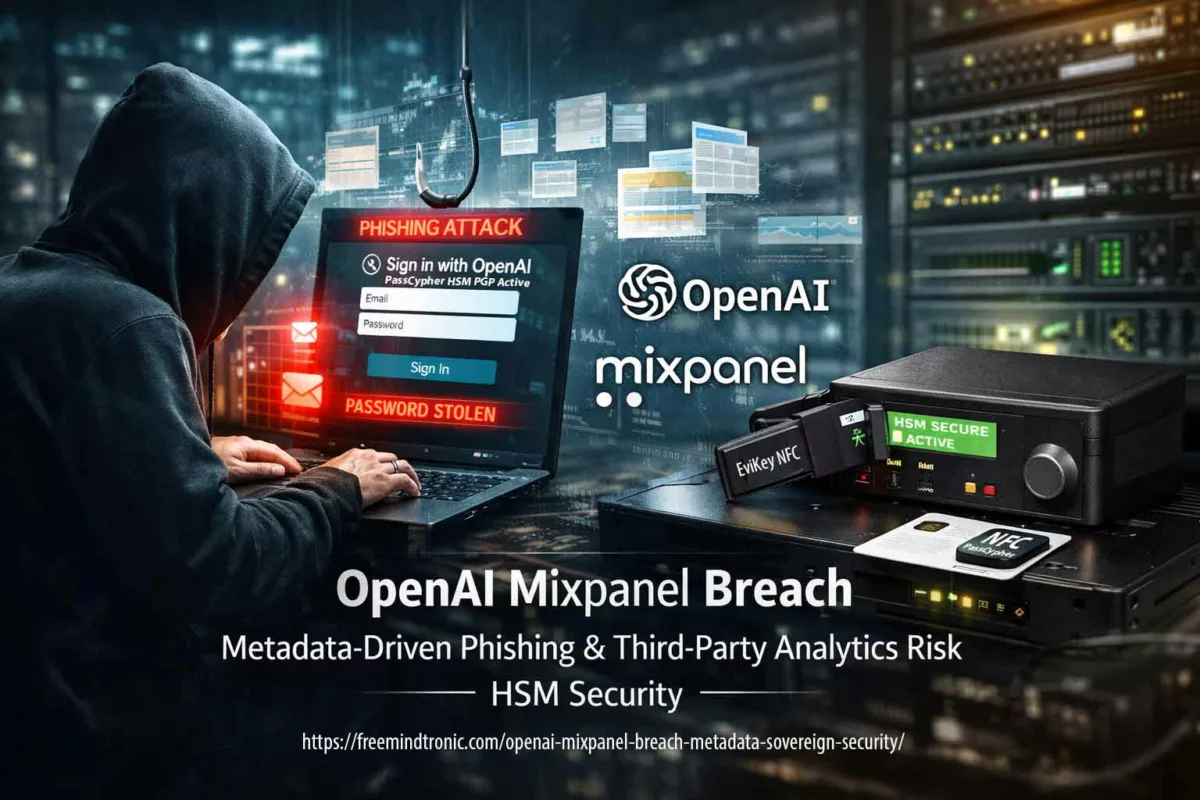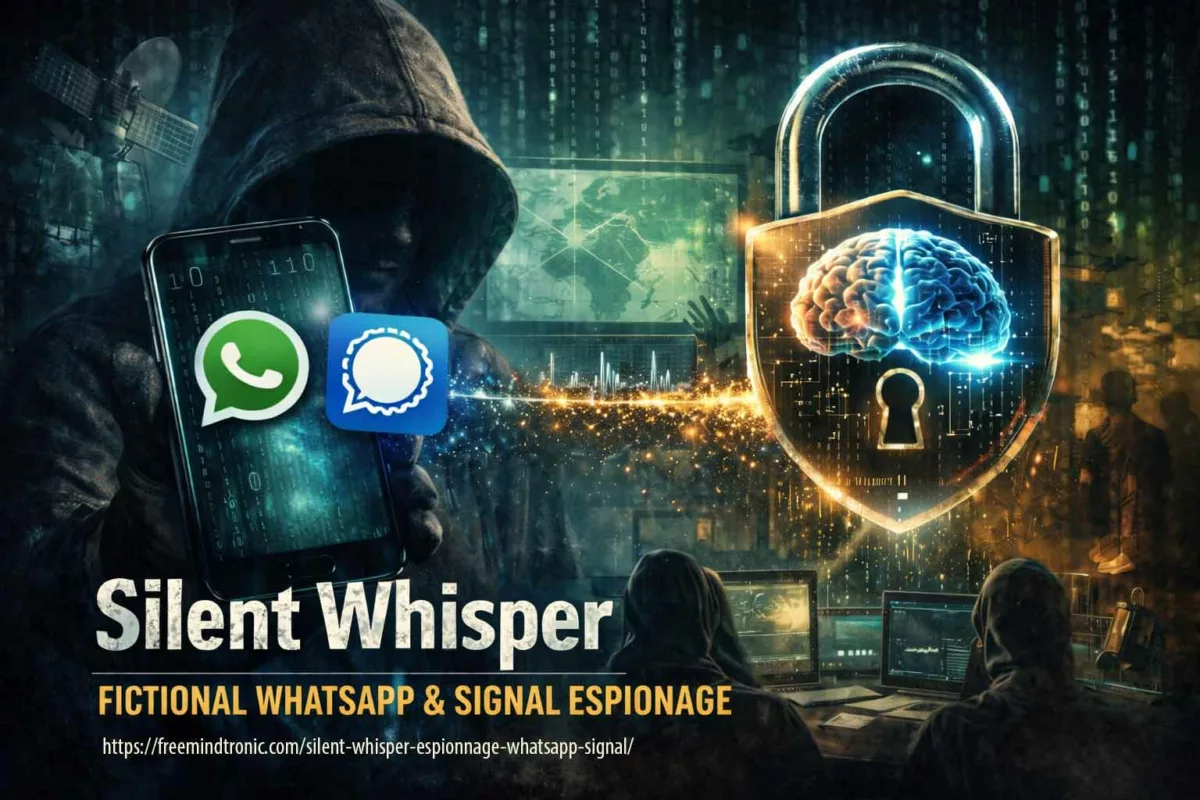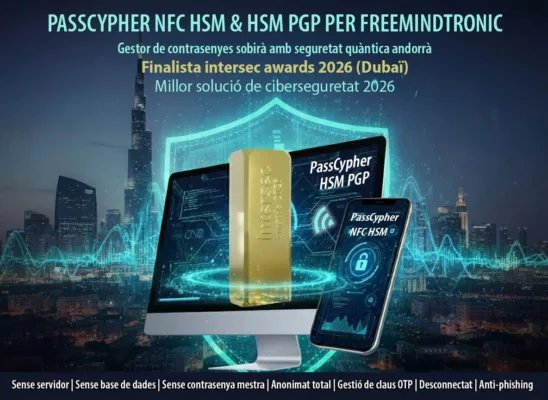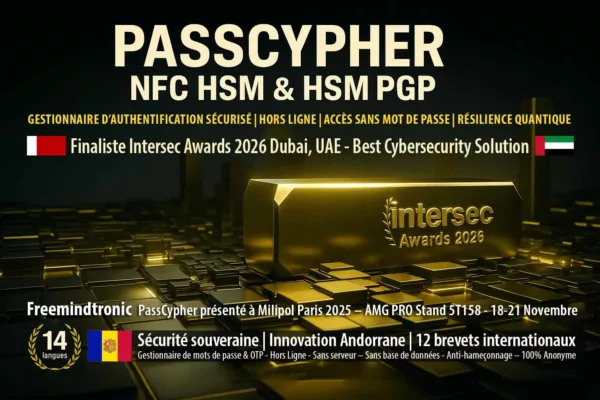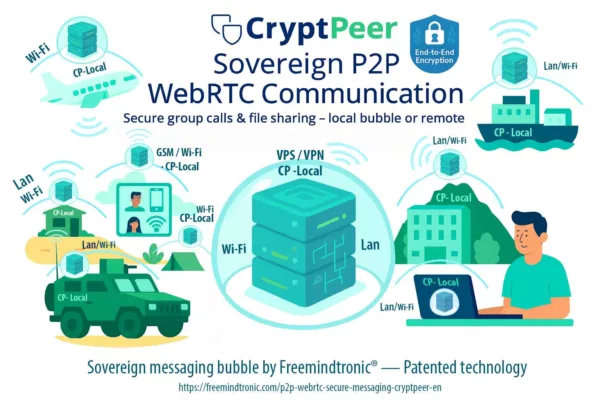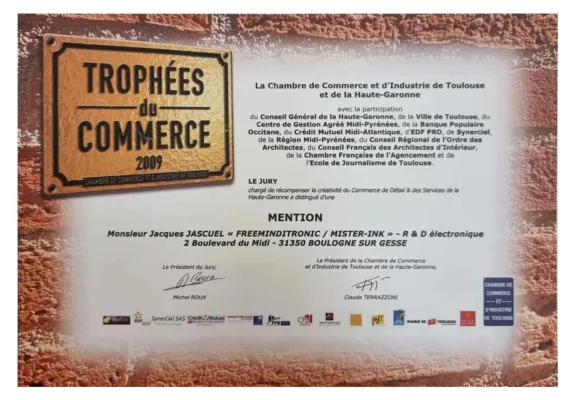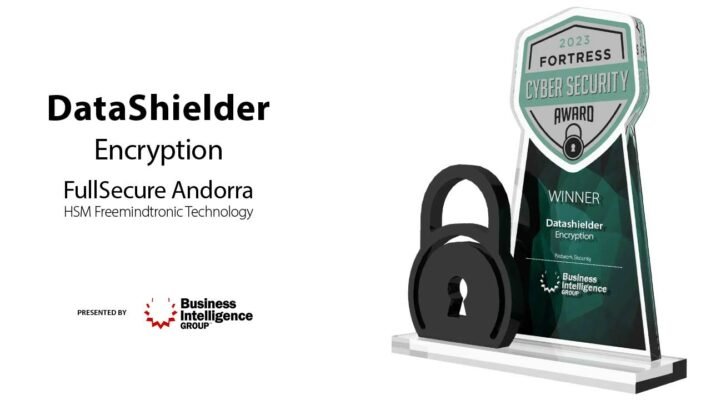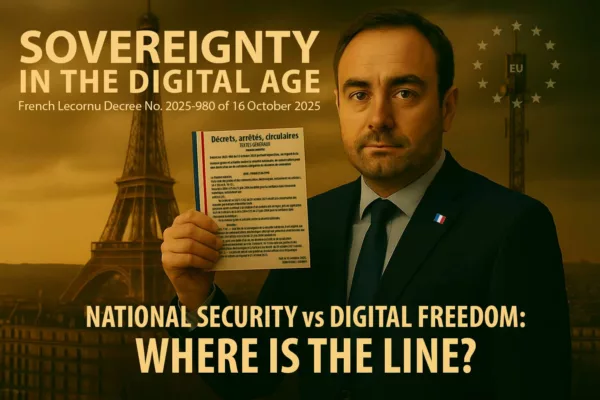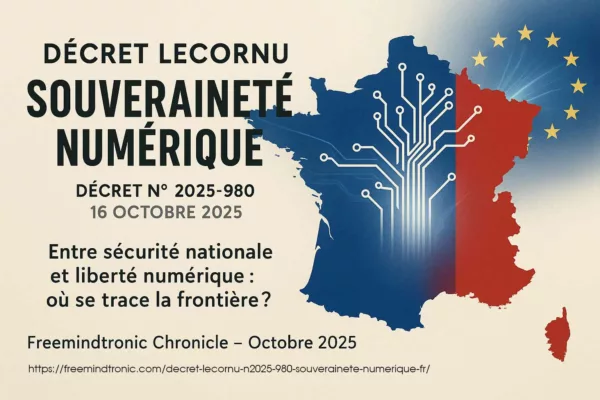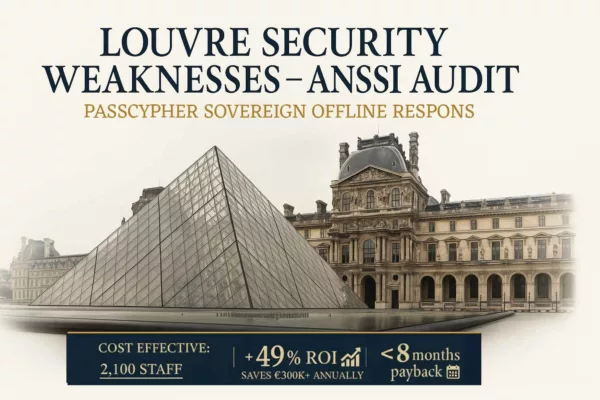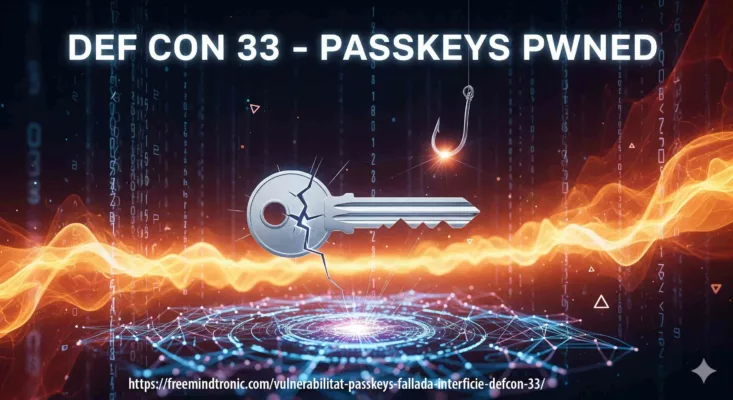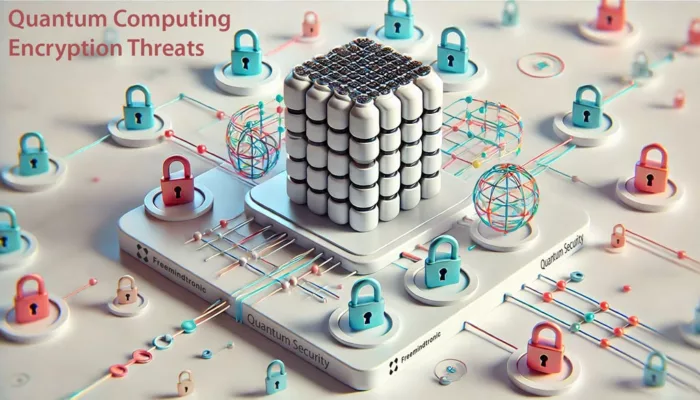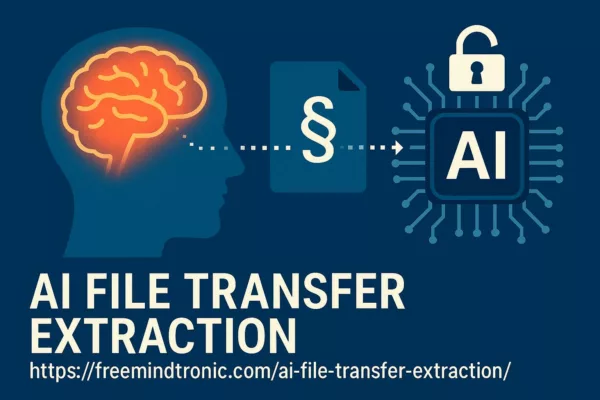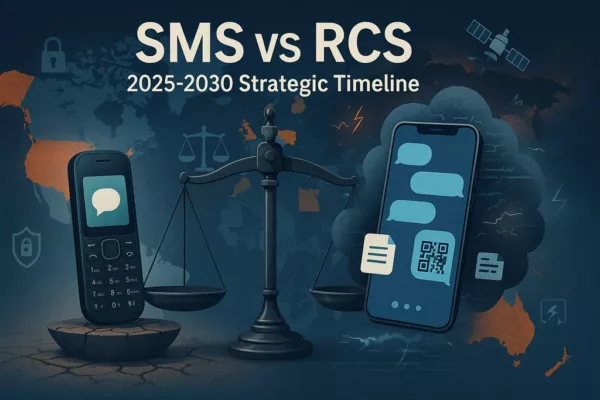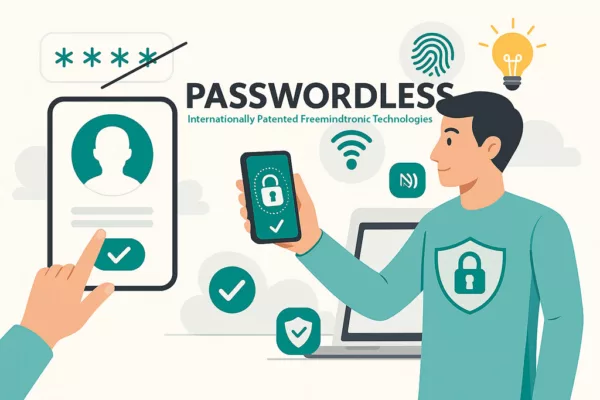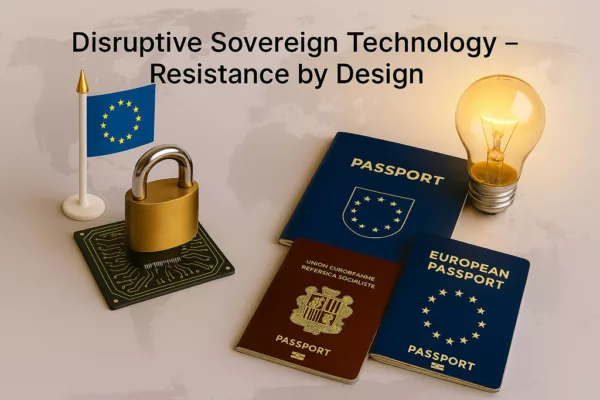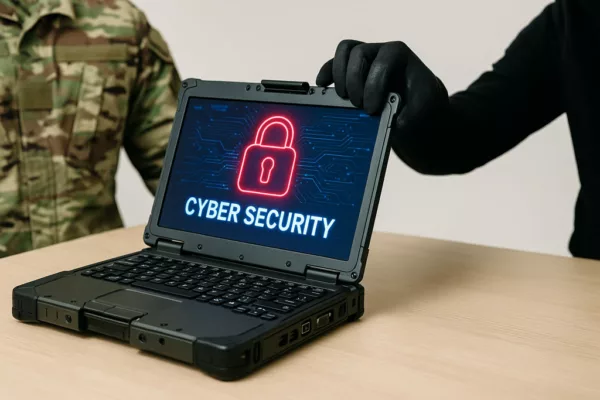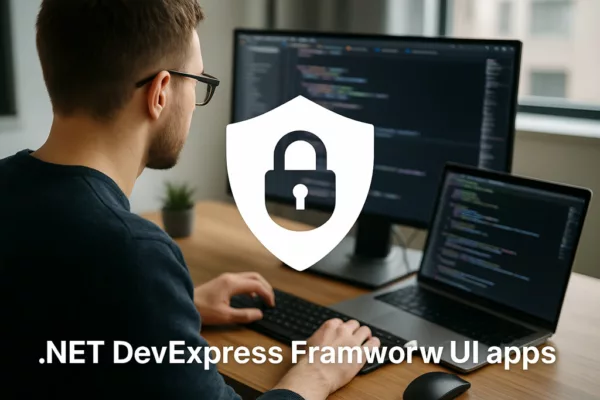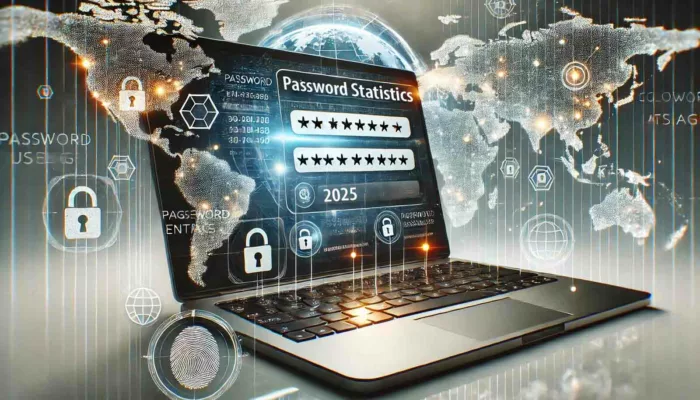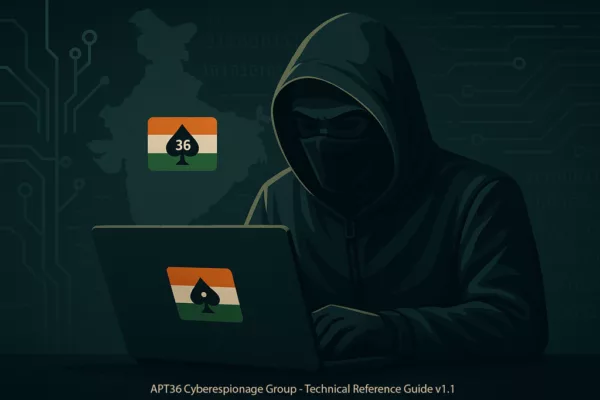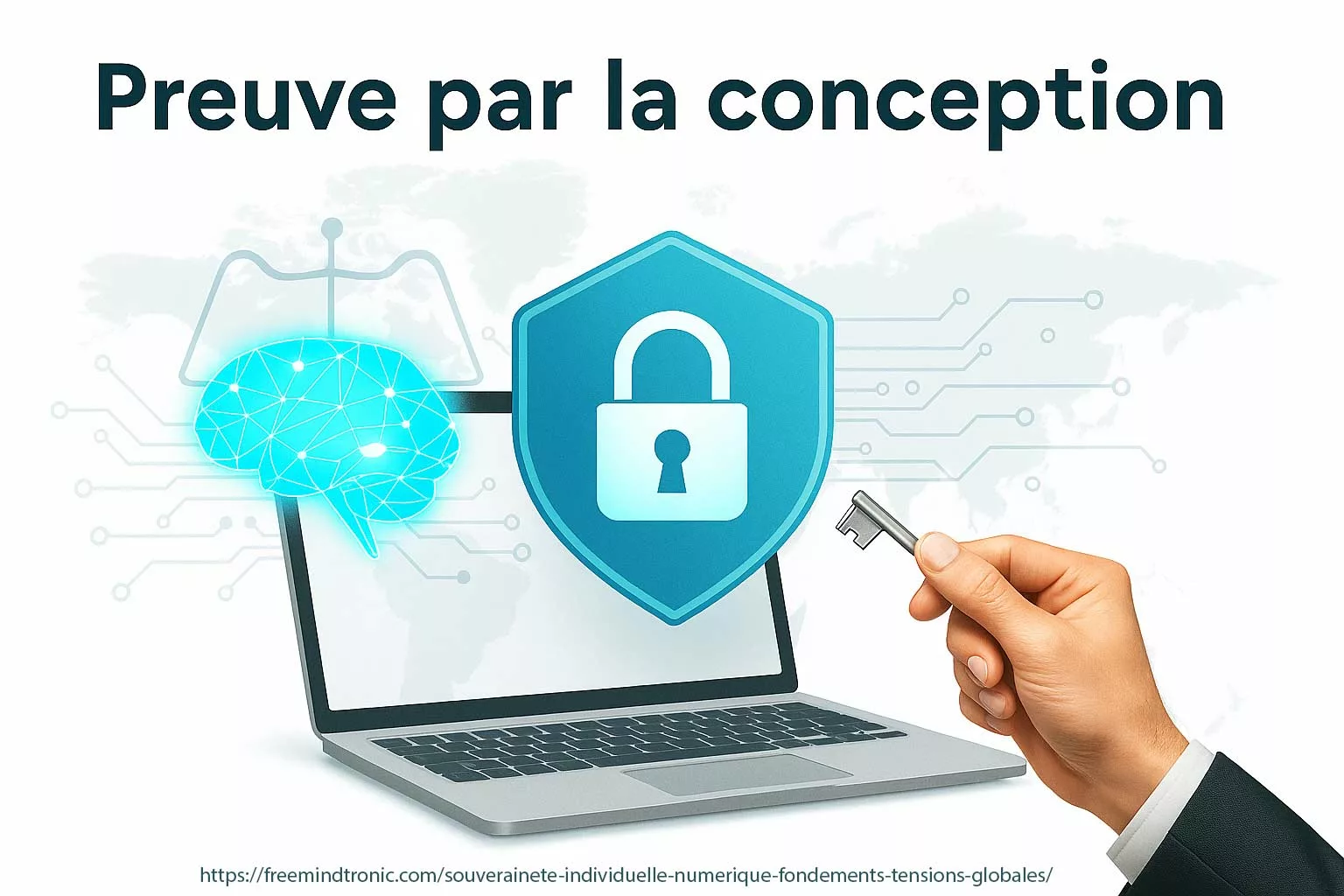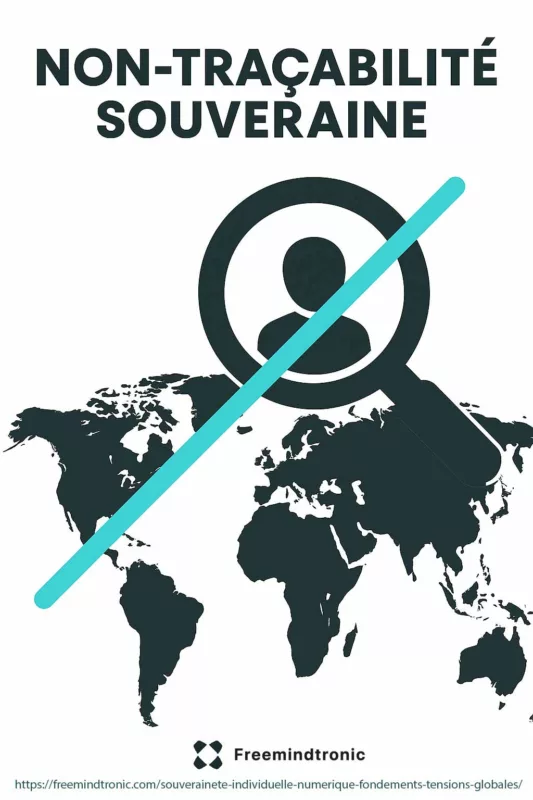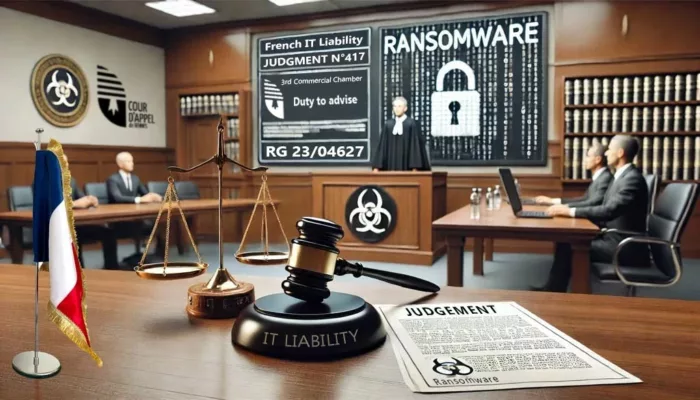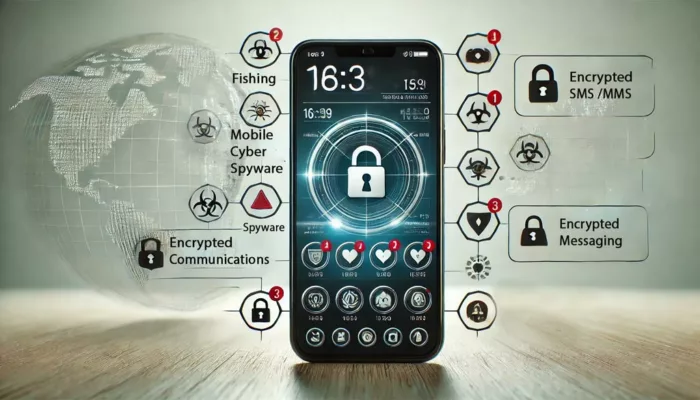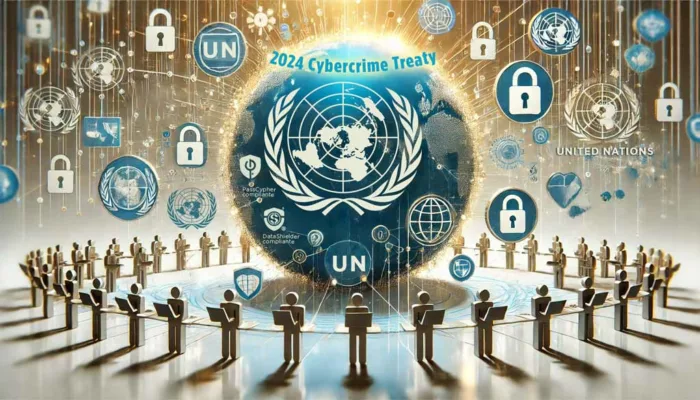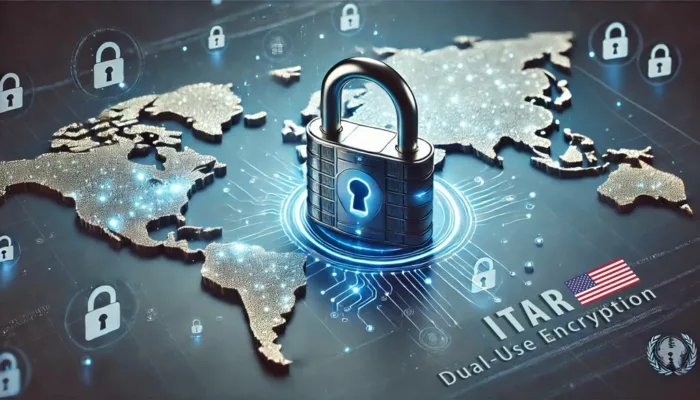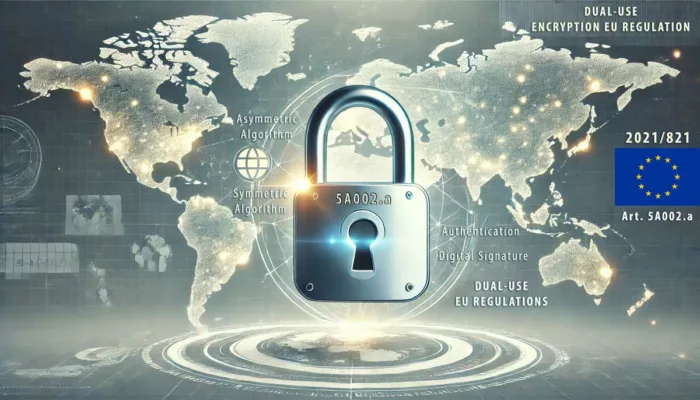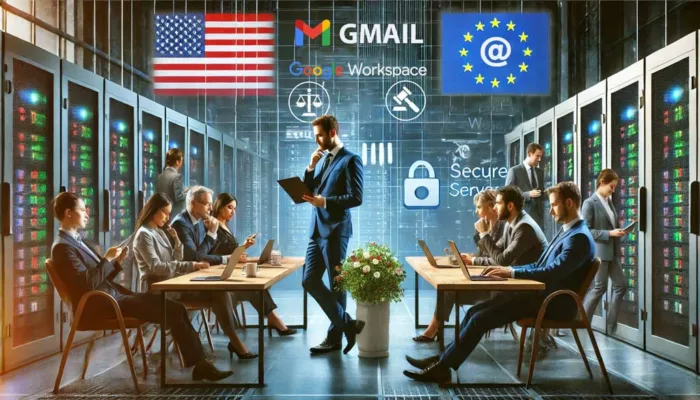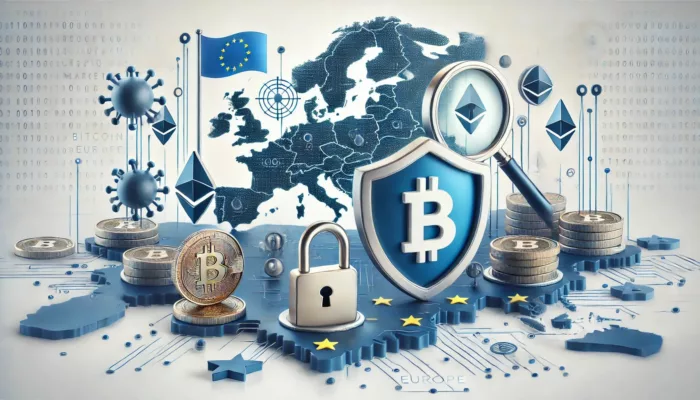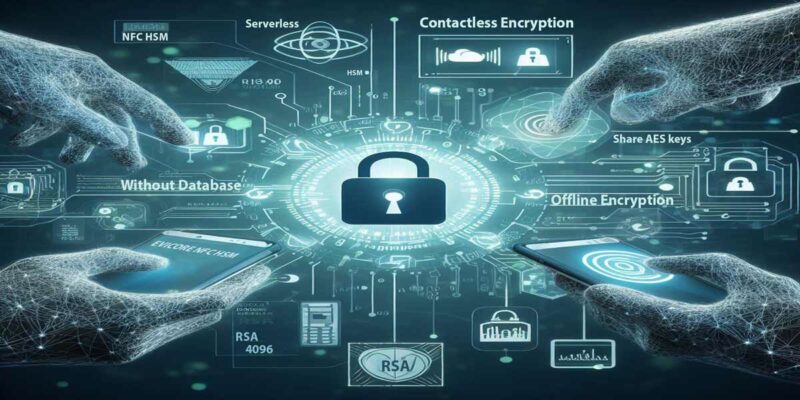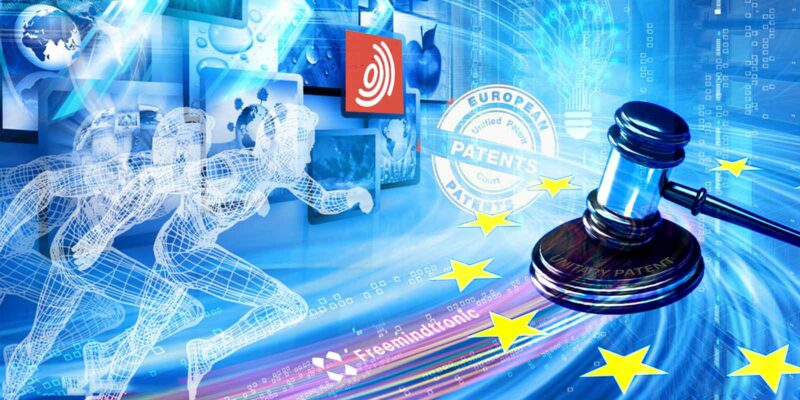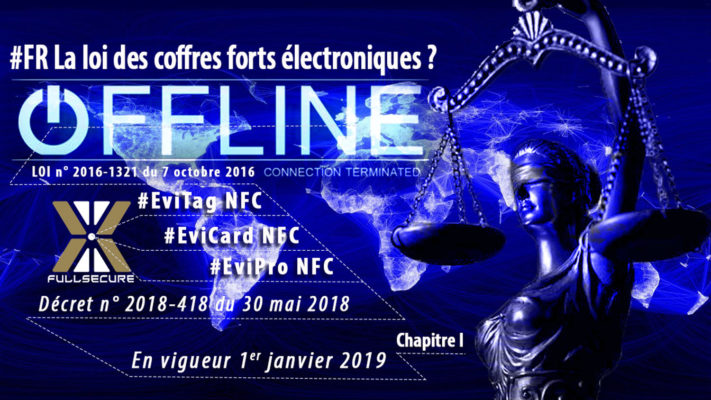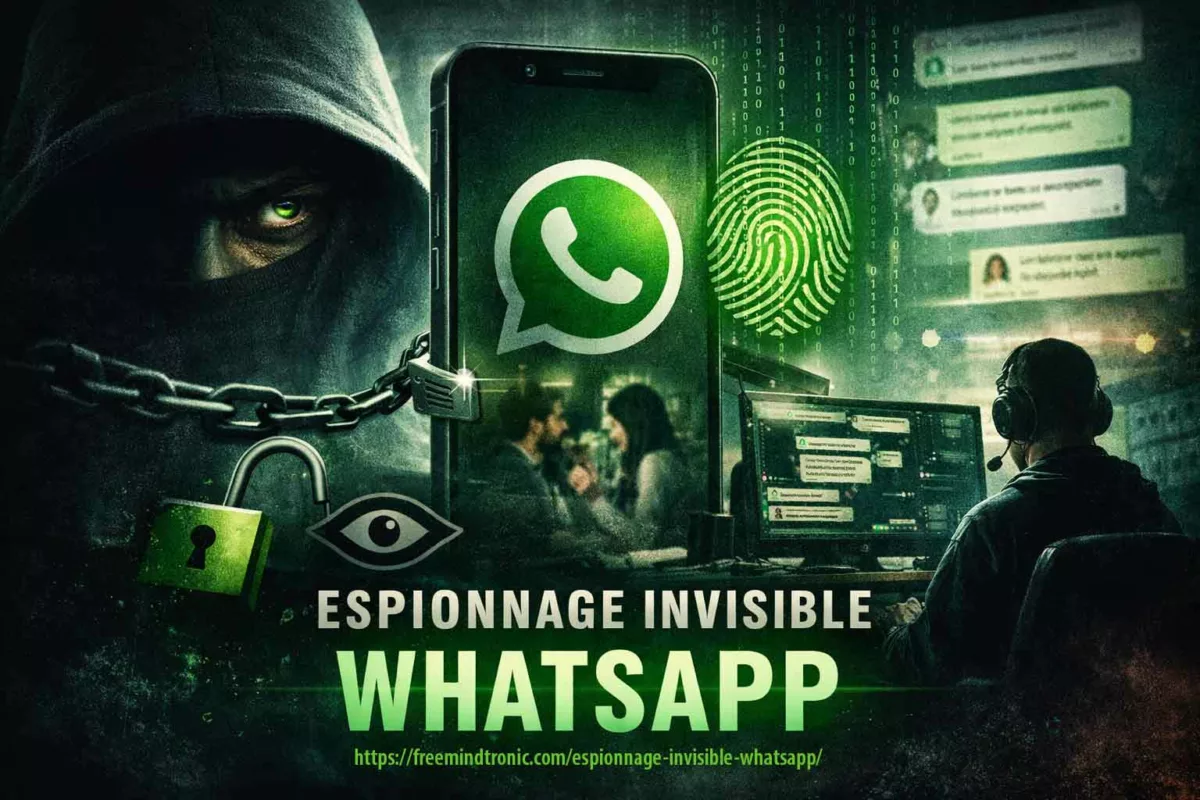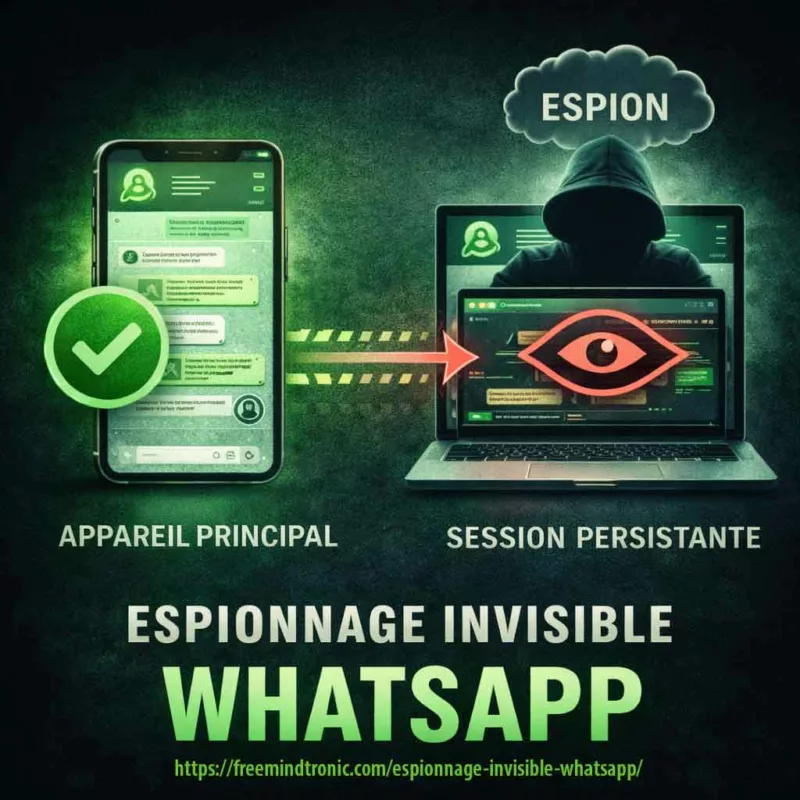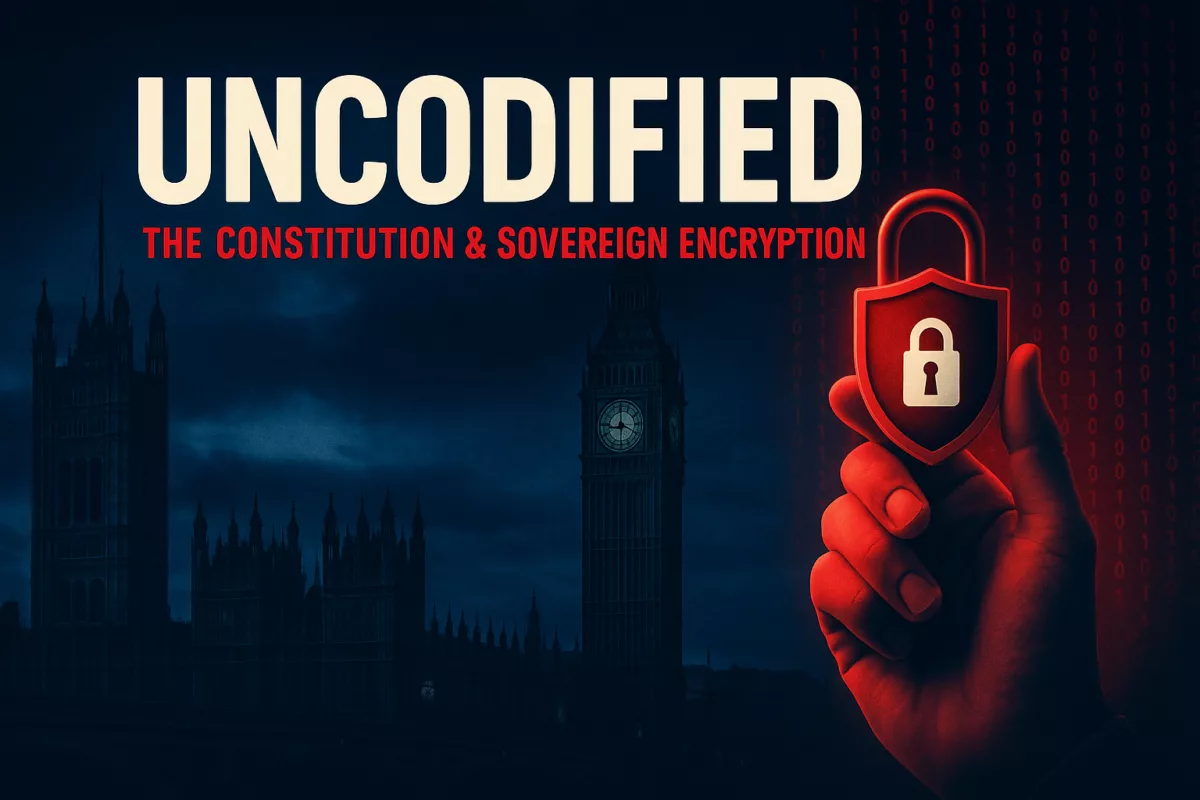Service premier plan Android : conformité Google Play, contrôle utilisateur et Connexion PC NFC HSM via extension Chromium. Ce dossier montre comment une exigence Foreground Service (FGS) devient un marqueur de confiance : session local-only (sans proxy, sans VPN, sans routage), appairage local EviDNS Zeroconf, notification persistante avec bouton STOP, contrôle granulaire des données et audit rapide vérifiable.
Résumé exécutif
Objectif
Documenter, de manière vérifiable, l’usage d’un service de premier plan Android comme brique indispensable à une fonctionnalité cœur : Connexion PC. L’objectif est de montrer comment une exigence Google Play devient un marqueur de transparence, de contrôle utilisateur et de maturité sécurité.
Portée
Fonction analysée : Connexion PC (téléphone ↔ ordinateur) pour utiliser des dispositifs NFC HSM via une extension navigateur Freemindtronic basée sur Chromium, sans installer de logiciel sur le poste. Session local-only (pas de proxy, pas de VPN, pas de routage), port configurable (défaut 10001).
Doctrine
Le service n’est pas utilisé pour “rester actif”, mais pour rendre une session sensible visible, stoppable et désactivable : notification persistante, bouton STOP, auto-login réversible, et contrôle granulaire des catégories de données autorisées.
Différenciateur stratégique
Dans un contexte de durcissement Android/Google Play, les solutions opaques deviennent fragiles. Une implémentation démontrable (contrôle utilisateur + périmètre local + transparence) devient un avantage concurrentiel.
À retenir
Le service de premier plan Android est utilisé uniquement pour maintenir une session Connexion PC visible et stoppable (notification persistante + STOP) permettant l’usage d’un NFC HSM sur ordinateur via extension Chromium. L’utilisateur peut désactiver l’auto-login, limiter chaque catégorie de données autorisée, vérifier la portée local-only (pas de proxy/VPN/routage), et auditer la conformité en 2 minutes. App : https://play.google.com/store/apps/details?id=com.freemindtronic.EviPro
Note technique
Temps de lecture (résumé) : ~2 minutes
Temps de lecture (intégral) : ~18–22 minutes
Temps de vérification (audit rapide) : ~2 minutes
Date de publication : 2026-01-16
Dernière mise à jour : 2026-01-20
Niveau : Android / Sécurité / Audit
Posture : Local-only, user-in-control, least privilege
Rubrique : Tech Fixes & Security Solutions
Niveau d’enjeu : 8.4 / 10 — conformité store, transparence logicielle & sécurité des sessions locales
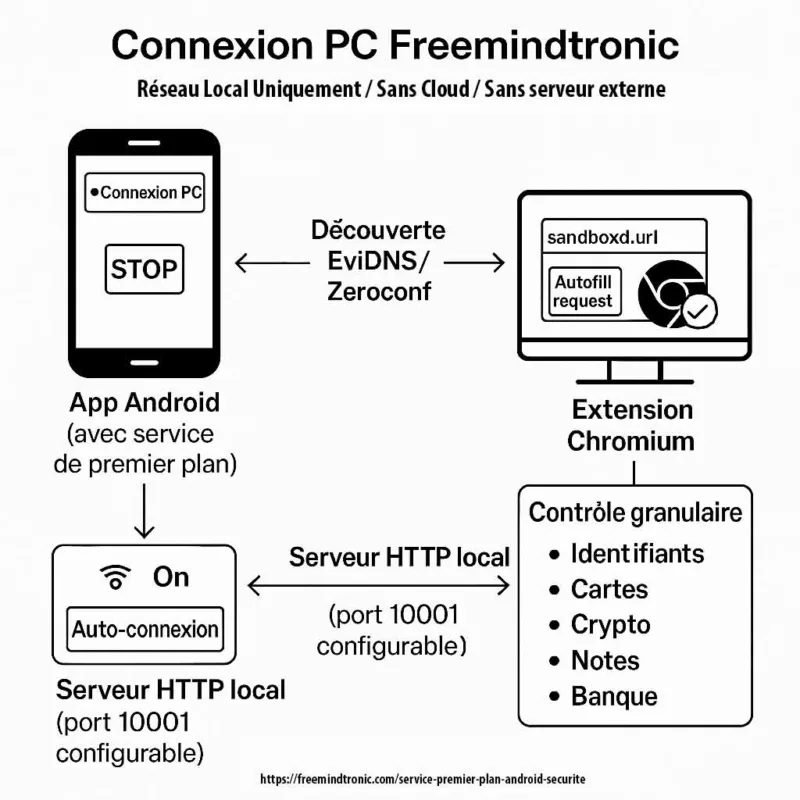
En sécurité mobile et Android ↑ cette note appartient à la rubrique Tech Fixes & Security Solutions et s’inscrit dans l’outillage opérationnel souverain de Freemindtronic (HSM, contrôle utilisateur, architectures local-only, audit).
Résumé exécutif
Ce résumé donne une vue immédiate et synthétise ce dossier avec les éléments attendus par un auditeur et un reviewer Google Play, dans une logique d’Android Foreground Service compliance vérifiable, notamment sur Android 16 (API level 36). En effet, Android durcit l’exécution en arrière-plan (background execution) et renforce l’encadrement des services de premier plan (Foreground Services) afin de limiter l’activité invisible en arrière-plan, réduire les abus, et améliorer fiabilité et autonomie. Dans les environnements sensibles, cette contrainte peut sembler pénalisante. Pourtant, lorsqu’il est conçu correctement, un service de premier plan devient l’inverse : un marqueur de confiance qui prouve la transparence, le contrôle utilisateur et un périmètre opérationnel minimal.
Dans l’écosystème Freemindtronic, le service de premier plan sert une fonctionnalité cœur : Connexion PC. Elle permet d’utiliser des dispositifs NFC HSM sur ordinateur via une extension navigateur Freemindtronic (basée sur Chromium), sans installer de logiciel sur le poste. Ce dossier explique pourquoi ce service existe, comment l’utilisateur le maîtrise, et en quoi cette approche transforme une exigence de conformité en avantage concurrentiel.
📱 Application Freemindtronic (EviPro) sur Google Play : https://play.google.com/store/apps/details?id=com.freemindtronic.EviPro
Service premier plan Android : pourquoi il est devenu un marqueur de sécurité
Un service de premier plan est destiné aux opérations qui doivent rester actives, visibles pour l’utilisateur, et arrêtables à tout moment.
Dans la pratique, il est souvent détourné par des applications qui tentent de rester actives silencieusement, d’automatiser des actions sans intention explicite, ou de maintenir une activité en arrière-plan au-delà du strict nécessaire.
Pour un produit de sécurité, la bonne posture n’est pas de « contourner la règle », mais de s’y aligner : l’utilisateur doit toujours savoir quand une session sensible est active, ce qu’elle fait, et comment l’arrêter instantanément.
Ce point devient critique lorsque le téléphone sert de passerelle entre des modules matériels (NFC HSM) et un environnement navigateur sur ordinateur.
Android : arrière-plan vs Service premier plan Android (Foreground Service)
Android durcit depuis plusieurs versions l’exécution en arrière-plan (background execution) pour limiter l’activité invisible, réduire les abus, et préserver batterie/fiabilité. Dans ce contexte, une fonctionnalité qui doit rester active “sans être au premier plan” doit être justifiée et rendue perceptible. C’est précisément le rôle d’un service de premier plan : rendre l’activité sensible visible (notification), stoppable (STOP), et bornée dans le temps.
Point clé : le bon raisonnement n’est pas “comment rester actif en arrière-plan”, mais “comment rendre une dépendance persistante auditable et contrôlable”. Un Foreground Service bien conçu devient donc un marqueur de transparence, pas un contournement.
- Android 14+ : types de services de premier plan requis et déclarations associées : https://developer.android.com/about/versions/14/changes/fgs-types-required
- Permission manifeste : https://developer.android.com/reference/android/Manifest.permission#FOREGROUND_SERVICE
Threat Model : pourquoi la Connexion PC doit rester visible et bornée
Hypothèse réaliste : un téléphone utilisé comme passerelle (mobile ↔ desktop) est une surface d’attaque.
Le service de premier plan est ici un mécanisme de contrôle et de preuve (notification + STOP),
pas un moyen de persister silencieusement.
| Risque | Exemple | Mesure Freemindtronic |
|---|---|---|
| Persistance invisible | Service actif sans que l’utilisateur le sache | Foreground Service + notification persistante + arrêt immédiat |
| Sur-autorisation | Session ouverte = accès trop large | Contrôle granulaire par type de données (moindre privilège) |
| Élargissement réseau | Proxy/VPN déguisé, routage implicite | Local-only : pas de proxy, pas de VPN, pas de routage |
| Défaillance opérationnelle | OS stoppe le service → rupture de workflow | Session explicitement dépendante du FGS, donc prévisible et vérifiable |
Service premier plan Android : exigences Google Play (sources officielles)
Google Play encadre strictement l’usage des services de premier plan : ils doivent être justifiés par une fonctionnalité cœur bénéfique pour l’utilisateur, être perceptibles à tout moment (notification explicite), et rester arrêtables à la demande. Depuis Android 14, la déclaration d’un type de service de premier plan est obligatoire.
Références officielles Android & Google Play :
- Android 14 — Types de services de premier plan requis : https://developer.android.com/about/versions/14/changes/fgs-types-required
- Android SDK Platforms (inclut Android 16 / API 36) : https://developer.android.com/tools/releases/platforms
- Android Manifest — Permission
FOREGROUND_SERVICE: https://developer.android.com/reference/android/Manifest.permission#FOREGROUND_SERVICE - Google Play Policy — Foreground service requirements : https://support.google.com/googleplay/android-developer/answer/13392821
- Android Developers — Déclarer un Foreground Service (API 34+) : https://developer.android.com/develop/background-work/services/fgs/declare
Dans ce dossier, ces exigences sont appliquées à un cas réel et vérifiable (Connexion PC + NFC HSM), en démontrant comment le contrôle utilisateur (notification, STOP, désactivation, granularité) transforme une contrainte de conformité en preuve de maturité sécurité.
Retour d’expérience : validation puis rejet sur la déclaration Foreground Service Connected Device
Contexte réel de publication : la déclaration du type FOREGROUND_SERVICE_CONNECTED_DEVICE a été acceptée lors d’une première soumission, avec vidéo démonstrative et description justificative couvrant les exigences Android 14 et Android 15. Toutefois, lors d’une mise à jour fin décembre, la même déclaration a été rejetée avec une demande générique de « précisions supplémentaires », sans indication exploitable sur les nouveaux détails attendus.
Ce type de situation n’est pas isolé. Plusieurs développeurs rapportent des cas similaires où une déclaration Foreground Service initialement acceptée est ensuite rejetée lors d’une mise à jour, avec un message ambigu indiquant que le problème peut se situer soit dans la description justificative, soit dans la vidéo, sans préciser lequel des deux est jugé insuffisant.
Un signal de rejet ambigu, documenté par la communauté
- Reddit – r/androiddev : des développeurs décrivent des rejets répétés liés aux Foreground Services, avec des demandes de clarification sans indication précise sur la partie à corriger (texte ou vidéo). Lien : https://www.reddit.com/r/androiddev/comments/1fsuii4/has_anyone_had_repeat_issues_with_app_submission/
- Forum développeurs Zoom : rejet d’une mise à jour Play Store lié à des permissions Foreground Service, avec exigence de vidéo démonstrative jugée insuffamment explicite, sans guidance opérationnelle claire. Lien : https://devforum.zoom.us/t/app-update-rejected-due-to-foreground-service-permissions/103026
- Support Google Play Console : retours de développeurs signalant des rejets pour « information insuffisante » concernant l’usage d’un Foreground Service, sans précision sur le critère exact manquant. Lien : https://support.google.com/googleplay/android-developer/thread/299748806
Pourquoi ce type de rejet est difficile à diagnostiquer
- Absence de granularité : le message de rejet ne précise pas si la non-conformité concerne la description Play Console, la vidéo ou leur cohérence.
- Évolution implicite des attentes reviewer : une justification jugée suffisante à un instant T peut être réévaluée différemment lors d’une mise à jour.
- Critères implicites : Play attend souvent une démonstration encore plus explicite du triptyque user-initiated → perceptible → stoppable, ainsi que de la dépendance fonctionnelle immédiate.
Stratégie de résolution : rendre la justification non équivoque
Face à un rejet générique, la seule approche robuste consiste à supprimer toute ambiguïté d’interprétation.
- Texte Play Console : formuler la justification comme un test vérifiable : « si l’utilisateur appuie sur STOP, la session est interrompue immédiatement et l’extension perd l’accès au NFC HSM ».
- Vidéo : montrer sans coupe l’enchaînement action utilisateur → notification visible → STOP → perte immédiate de session côté extension.
- Alignement sémantique : reprendre explicitement les termes utilisés par Google Play : core feature, user benefit, perceptible, stoppable, cannot be deferred.
- Élimination des malentendus : rappeler explicitement « pas un VPN, pas un proxy, pas de routage, périmètre strictement local ».
Ce retour d’expérience explique pourquoi ce dossier inclut une checklist d’implémentation, un mapping preuves ↔ exigences Google Play et un kit de preuves reproductible : lorsqu’un rejet est formulé de manière générique, la seule réponse efficace reste une démonstration qui ne laisse plus de place à l’interprétation.
Android 14+ — Service premier plan Android (FGS) : type déclaré et justification vérifiable
Exigence Android 14 :
l’utilisation d’un service de premier plan impose la déclaration d’un type explicite et une justification fonctionnelle, perceptible et vérifiable, démontrant que la tâche ne peut pas être différée sans dégrader l’expérience utilisateur.
Cette dépendance se vérifie immédiatement : STOP coupe la notification, coupe la session, et l’extension perd l’accès au NFC HSM dans la même seconde.
- Type déclaré :
FOREGROUND_SERVICE_CONNECTED_DEVICE - Fonctionnalité cœur dépendante : Connexion PC (téléphone ↔ extension Chromium)
- Justification : le téléphone agit comme passerelle active vers un dispositif NFC HSM utilisé depuis un ordinateur, sur initiative explicite de l’utilisateur.
Si le service de premier plan est arrêté (bouton STOP dans la notification ou désactivation de l’auto-login), la session Connexion PC est immédiatement interrompue et l’extension navigateur perd l’accès au NFC HSM. La tâche ne peut pas être différée par le système sans empêcher la fonctionnalité attendue.
Référence Android — Types de Foreground Services : https://developer.android.com/develop/background-work/services/fgs/service-types
Continuité Android 15 : Android 15 renforce encore la discipline autour des services de premier plan (démarrage, usage, attentes de comportement) et la cohérence entre action utilisateur, durée d’exécution et finalité. Cette trajectoire confirme le principe “visible, stoppable, borné”, et favorise les implémentations démontrables (notification explicite + STOP + dépendance fonctionnelle immédiate). Référence : https://developer.android.com/about/versions/15/changes/foreground-services
Foreground services — changes (inclut Android 16 / API level 36) (inclut Android 16 / API level 36) : https://developer.android.com/develop/background-work/services/fgs/changes
Cap Android 16 : Android 16 introduit également un cadre de quotas/limites et des considérations opérationnelles (notamment diagnostics et cas d’échec) qui renforcent l’intérêt des workflows local-only, courts et contrôlés, plutôt que des sessions implicites. Référence (diagnostic) : https://developer.android.com/develop/background-work/services/fgs/troubleshooting
Android continue d’outiller le diagnostic et de resserrer les scénarios autorisés ; par conséquent, un workflow local-only, visible et stoppable reste la stratégie la plus robuste face aux durcissements successifs.
Précision de fonctionnement — application Android NFC Freemindtronic : le service de premier plan est strictement événementiel. Le lancement de l’application ne suffit pas à l’activer : il démarre uniquement lorsqu’un tag NFC est présenté, puis reste inactif en l’absence d’événement NFC, sans serveur local ni service persistant.
Impact produit et mitigation (Android 15/16, NFC, BAL et spécificités OEM)
Symptôme
- Symptôme : le tag NFC est correctement détecté par le système, mais la tentative de relance ou de remise au premier plan de l’interface via
PendingIntentest bloquée par le mécanisme BAL (Background Activity Launch). L’utilisateur perçoit une absence de réaction, ou un comportement dégradé, alors que l’événement NFC est bien reçu.
Cause
- Cause : Android 15 et plus encore Android 16 durcissent officiellement les règles de lancement d’activités depuis l’arrière-plan. Les
PendingIntentcréés par l’application ne bénéficient plus implicitement du droit de lancer ou de ramener une activité au premier plan. Ce durcissement impacte directement les parcours NFC historiques reposant sur la relance d’UI viaPendingIntent, y compris lorsque l’activité cible est déjà en étatRESUMED. Référence officielle Android : https://developer.android.com/guide/components/activities/background-starts
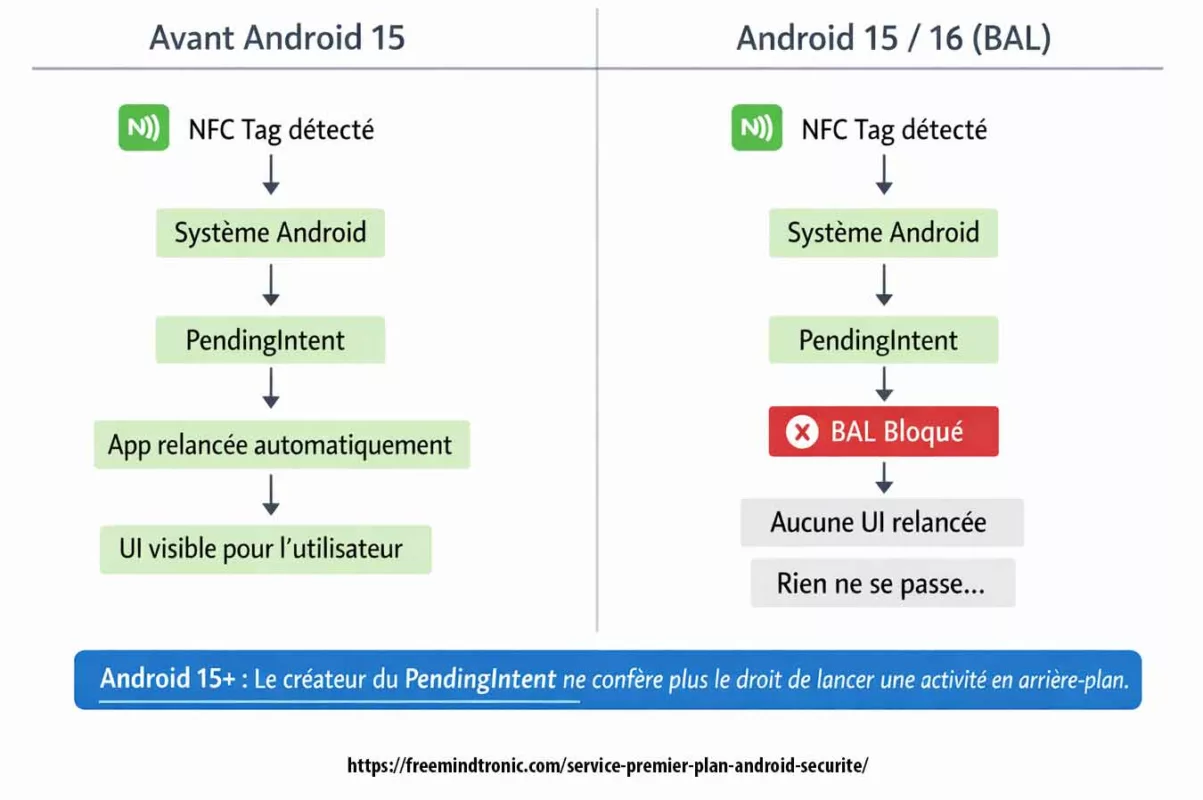
À partir d’Android 15 et Android 16, le mécanisme Background Activity Launch (BAL) bloque cette relance implicite, même lorsque l’événement NFC est correctement détecté.
Ce comportement est observable y compris sur Google Pixel (AOSP), confirmant qu’il s’agit d’un changement structurel de la plateforme et non d’une spécificité OEM.
Facteur aggravant NFC (plateforme)
- Facteur aggravant NFC (plateforme) : en parallèle des restrictions BAL, des instabilités et changements de comportement de la pile NFC sont observés sur Android 15 et Android 16, incluant des crashs du service NFC (
DeadObjectException), des échecs intermittents de lecture de tags et des différences de comportement entre versions. Ces points sont documentés dans l’Issue Tracker Google, notamment sur Android 16 : https://issuetracker.google.com/issues/456078994
Facteur aggravant NFC (OEM)
- Facteur aggravant NFC (OEM) : la problématique est accentuée sur certains appareils en raison des surcouches constructeur et des politiques d’optimisation agressives. Des retours publics et tickets font état de comportements NFC dégradés ou incohérents sur :
- Samsung Galaxy (One UI 7/8 – Android 15/16) : suspension agressive des activités, désactivation intermittente du NFC après mise à jour, et différences de comportement entre états écran allumé/éteint.
- Xiaomi / Redmi / Poco (MIUI / HyperOS – Android 15/16) : restrictions fortes en arrière-plan, interactions entre NFC, Bluetooth et économie d’énergie, entraînant des échecs de scans NFC ou des non-relances d’UI.
- OnePlus / Oppo (OxygenOS / ColorOS – Android 15/16) : gestion restrictive des tâches en arrière-plan et comportements variables du service NFC selon les builds.
- Fairphone 5 (Android 15) : régressions signalées après mise à jour, avec reconnaissance incomplète ou retardée de certains tags NFC.
- Google Pixel (Android 15/16 AOSP) : référence AOSP montrant que le blocage BAL est structurel même sans surcouche OEM, confirmant que le problème n’est pas uniquement constructeur.
Mitigation robuste
- Mitigation robuste : abandonner toute dépendance à une relance implicite d’UI via
PendingIntent. Le traitement NFC doit être effectué dans l’instance existante de l’activité lorsque celle-ci est déjà active (launchModeadapté, traitement viaonNewIntent()), ou bien être poursuivi via une action explicitement initiée par l’utilisateur (notification avec action), conformément au modèle Android “user-initiated” recommandé pour Android 15+.
À retenir : à partir d’Android 15, la détection NFC peut fonctionner correctement sans que l’interface utilisateur ne soit relancée. Le blocage Background Activity Launch (BAL) empêche toute relance implicite via PendingIntent. Une implémentation conforme doit donc traiter l’événement dans l’instance existante ou exiger une action explicite de l’utilisateur.
Preuve et audit
- Preuve et audit : les journaux système Android permettent d’identifier explicitement les blocages BAL (“Background activity launch blocked” ou messages équivalents) lors d’événements NFC. Ces logs constituent des preuves techniques objectives à archiver dans le kit de conformité interne et à produire en cas de revue Google Play ou d’audit sécurité.
Charge de compatibilité et impacts sur le cycle de mise à jour
Cette section explique pourquoi ces changements ne relèvent pas d’un simple ajustement de code, mais d’une transformation structurelle des workflows Android historiques.
Depuis Android 6, la plateforme a empilé des restrictions successives qui transforment une “simple montée de targetSdk” en refactoring structurel : durcissement de l’exécution en arrière-plan et du lancement d’activités depuis l’arrière-plan (BAL), encadrement des services de premier plan (FGS) et exigences de justification associées, ainsi que variabilité du comportement NFC et de la pile système selon les versions et les implémentations OEM. À partir d’Android 15, une application qui crée des PendingIntent ne bénéficie plus implicitement des privilèges BAL : l’opt-in explicite devient requis, ce qui casse de nombreux workflows historiques (notification → relance UI, flux “événement système → ramener l’activité”, scénarios NFC, etc.).
Dans le même temps, Android 15/16 impose des changements de comportement documentés (targetSdk, compat framework changes), et des tickets publics montrent aussi des instabilités NFC à la plateforme, ce qui augmente la complexité des tests multi-appareils, multiplie les modes dégradés, et ralentit mécaniquement les cycles de publication.
Références officielles (Android/Google) :
• Restrictions BAL (Android 15+), opt-in requis pour PendingIntent : https://developer.android.com/guide/components/activities/background-starts
• Android 15 — behavior changes (targeting API 35) : https://developer.android.com/about/versions/15/behavior-changes-15
• Android 15 — compat framework changes (BAL privileges rescind by creator) : https://developer.android.com/about/versions/15/reference/compat-framework-changes
• Android 16 — behavior changes (Android 16 / API level 36) : https://developer.android.com/about/versions/16/behavior-changes-16
• Set up the Android 16 SDK (API 36) : https://developer.android.com/about/versions/16/setup-sdk
• Exigence Google Play target API level (cadence de migration imposée) : https://developer.android.com/google/play/requirements/target-sdk
• Android Developers Blog (Android 15 AOSP) — PendingIntent creators block BAL by default : https://android-developers.googleblog.com/2024/09/android-15-is-released-to-aosp.html
Retours développeurs & tickets publics (problèmes similaires) :
• StackOverflow (BAL hardening Android 15, activité bloquée via PendingIntent) : https://stackoverflow.com/questions/77679032/with-android-15-bal-hardening-this-activity-start-may-be-blocked-if-the-pi-creat
• GitHub (Flutter community — demande support opt-in BAL Android 15+, activité ne se lance plus) : https://github.com/fluttercommunity/plus_plugins/issues/3688
• Reddit (React Native — activity launch bloqué sur Android 15) : https://www.reddit.com/r/reactnative/comments/1k1zpk0/android_15_background_activity_launch_issue/
• Google Issue Tracker (NFC cassé Android 15 Beta 2) : https://issuetracker.google.com/issues/340933949
• Google Issue Tracker (NFC service dead / tentative recover) : https://issuetracker.google.com/issues/341807213
• Google Issue Tracker (Crash NFC DeadObjectException Android 16) : https://issuetracker.google.com/issues/456078994
Fonction cœur : Connexion PC pour NFC HSM (extension Chromium)
Cette section décrit concrètement la fonctionnalité cœur qui justifie l’usage d’un service de premier plan, et pourquoi son interruption entraîne immédiatement une perte de capacité opérationnelle.
Concrètement, l’application Android maintient une session locale téléphone ↔ ordinateur afin que l’extension Chromium puisse émettre des requêtes explicitement autorisées vers le téléphone, dans le cadre strict des opérations NFC HSM définies par l’utilisateur. Ensuite, la session s’appuie sur un canal chiffré local reposant sur un protocole à clé segmentée, avec une clé unique par session, afin d’éviter toute réutilisation de secret et de renforcer la résilience aux interceptions réseau locales.
Pour ce faire, le service expose un point de terminaison HTTP local, associé à un port configurable (par défaut 10001). Ce point de terminaison reste exclusivement dédié à la Connexion PC : il ne s’agit ni d’un proxy, ni d’un tunnel réseau, ni d’un service généraliste.
Il est important de souligner que ce mécanisme n’est pas un démon « always-on » en arrière-plan. Au contraire, il s’agit d’une session explicitement perceptible, déclenchée par l’utilisateur, bornée dans le temps, et arrêtable à tout moment. Sa seule finalité consiste à permettre l’usage d’un NFC HSM sur ordinateur via navigateur, sans dépendance cloud et sans infrastructure externe.
Côté ordinateur, cette Connexion PC s’appuie sur la technologie EviDNS Zeroconf, ce qui permet aux extensions Freemindtronic de découvrir automatiquement le téléphone sur le réseau local, d’identifier son adresse IP et son port d’appairage, puis d’établir la session, le tout sans serveur DNS/DHCP dédié et sans exposition hors du périmètre local.
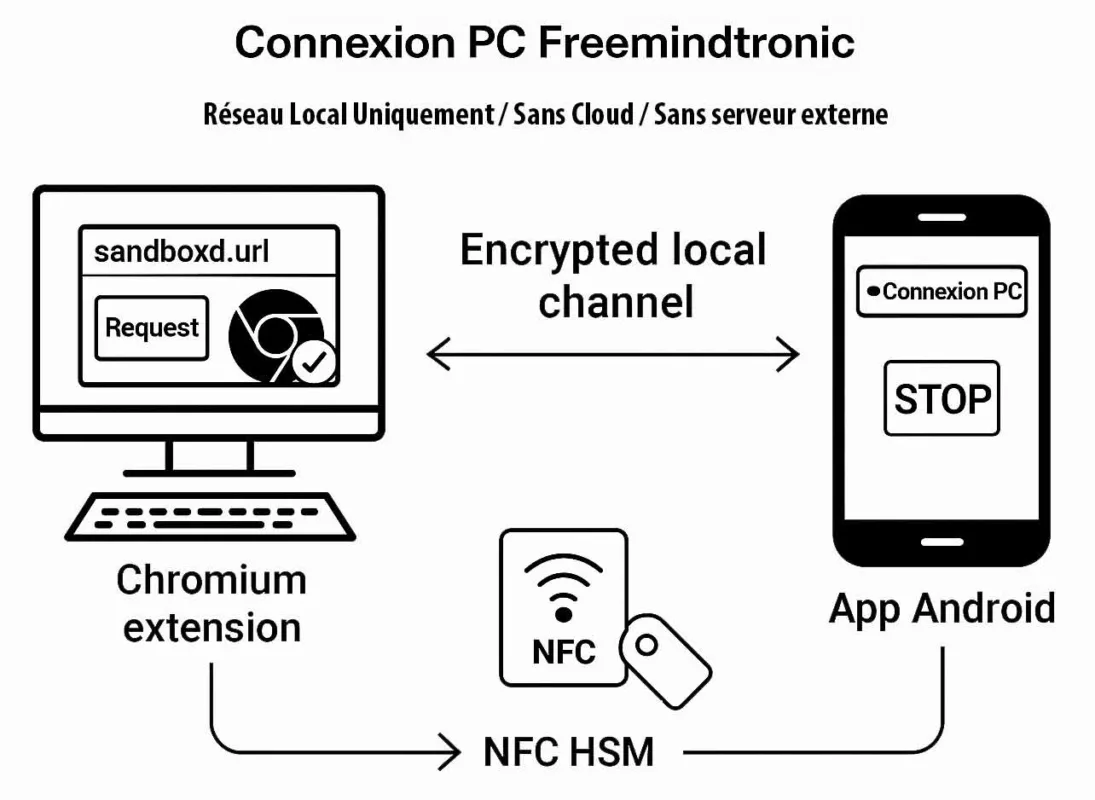
Scénario sécurisé Freemindtronic — Une requête initiée depuis l’extension Chromium déclenche l’interaction NFC HSM côté téléphone Android. Le secret est lu localement et transmis via un canal chiffré local basé sur un protocole à clé segmentée avec clé unique par session. Aucun serveur externe n’intervient à aucun moment.
Dépendance fonctionnelle démontrable
La fonctionnalité Connexion PC chiffré de bout en bout repose sur une session continue, visible et maîtrisée sur le téléphone Android. Dès que le service de premier plan est interrompu (STOP ou désactivation), l’extension navigateur perd immédiatement la session, rendant l’usage des NFC HSM sur ordinateur indisponible.
EviDNS Zeroconf : appairage local serverless pour extensions desktop
La technologie EviDNS Zeroconf (serverless) est conçue pour simplifier et sécuriser la configuration réseau en environnement local : elle facilite la découverte de services et l’association entre un ordinateur et un terminal NFC (téléphone) sur le même réseau.
Concrètement, EviDNS permet aux extensions desktop de trouver le téléphone et d’identifier les paramètres nécessaires à la Connexion PC (IP + port). Cette approche améliore la robustesse multi-OS et évite de dépendre d’une infrastructure externe.
- Serverless : aucune dépendance à un serveur DNS/DHCP dédié pour l’appairage local.
- Découverte automatique : identification du terminal NFC sur le réseau local et récupération IP/port pour la session.
- Alignement souverain : l’appairage reste dans le périmètre local de l’utilisateur, sans obligation de cloud pour “tenir” la connexion.
- Référence : https://freemindtronic.com/technology/evidns-zeroconf-serverless-technology/
- Détails “How it works” : https://freemindtronic.com/technology/evidns-serverless-technology-how-it-works-find-connect-nfc-devices/
- Guides techniques : https://freemindtronic.com/support/faq-technical-guides/
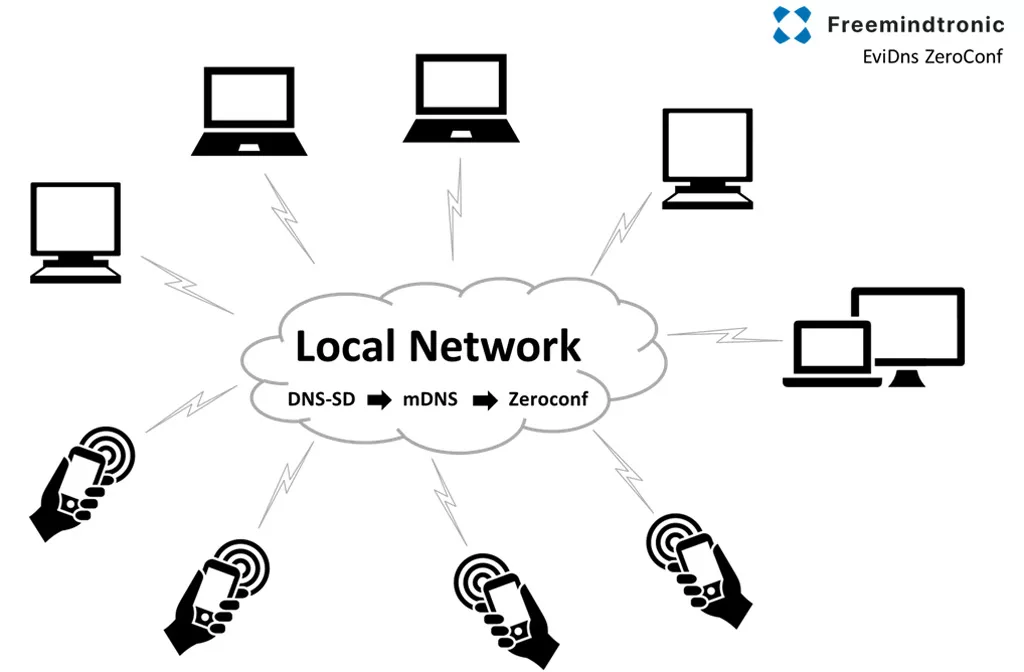
Point clé
Côté ordinateur, les extensions Freemindtronic s’appuient sur la technologie EviDNS Zeroconf pour découvrir automatiquement le téléphone sur le réseau local et obtenir son adresse IP et son port d’appairage — sans serveur DNS/DHCP dédié.
Service premier plan Android : contrôles utilisateur (notification, STOP, réglages)
Un service de premier plan est défendable lorsque le contrôle utilisateur est explicite, constant et vérifiable,
aussi bien pour l’utilisateur final que pour un auditeur ou un reviewer.
L’auto-connexion peut être activée par défaut afin d’offrir une expérience fluide.
Toutefois, elle reste totalement réversible :
arrêt immédiat via le bouton STOP dans la notification, et désactivation de l’auto-login (switch avec pictogramme Wi-Fi) dans les paramètres « Extension Freemindtronic ».
La Connexion PC s’appuie sur quatre contrôles concrets qu’un auditeur peut valider en quelques secondes :
| Contrôle | Où il apparaît | Ce que cela démontre |
|---|---|---|
| Notification persistante | Centre de notifications Android | Session visible ; aucune activité cachée |
| Action STOP | Bouton dans la notification | Arrêt immédiat à la demande (stoppable) |
| Auto-connexion configurable | Paramètres de l’extension (Auto-login + pictogramme Wi-Fi) | « Actif par défaut » ≠ « imposé » ; désactivation simple |
| Port local configurable | Paramètres de l’application (défaut 10001) | Transparence opérationnelle ; périmètre prévisible |
Moindre privilège : autorisations granulaires
Beaucoup d’applications considèrent une session persistante comme une capacité sans limites. Freemindtronic adopte l’approche inverse.
La Connexion PC intègre une autorisation granulaire par catégories de requêtes, permettant à l’utilisateur de décider explicitement ce que l’extension a le droit de demander pendant une session active.
| Paramètre (exemple) | Objet | Rationale sécurité |
|---|---|---|
| isLogIn (identifiants) | Autoriser les requêtes d’identifiants | Réduit l’exposition si non nécessaire au workflow |
| isLogWeb (web) | Autoriser les requêtes web | Sépare navigation et gestion de secrets |
| isLogCard (cartes) | Autoriser les requêtes cartes | Garde sous contrôle une catégorie à forte valeur |
| isLogCryptoMain / isLogCrypto (crypto) | Autoriser les requêtes cryptomonnaies | Réduit la surface de risque pour les actifs |
| isLogBip39 (seed) | Autoriser les requêtes BIP39 / seed | Garde un verrou explicite sur la classe la plus sensible |
| isLogCipher (clés) | Autoriser les requêtes de clés de chiffrement | Segmente la manipulation des clés |
| isLogPing (connexion) | Autoriser les pings | Contrôle et diagnostic transparents |
Autrement dit : le service de premier plan ne signifie pas « accès étendu ». Il fournit une frontière de session, et l’utilisateur contrôle ce qui peut se produire à l’intérieur de cette frontière.
Preuve clé : contrôle utilisateur total et granulaire (données, alertes, port, arrêt)
Point décisif : l’utilisateur ne subit pas le service de premier plan. Il le contrôle entièrement :
notification persistante, arrêt instantané, désactivation dans les paramètres, et autorisation granulaire par type de données.
Actif par défaut, mais jamais imposé
Le service d’auto-connexion peut être actif par défaut à l’installation afin d’assurer une disponibilité immédiate de la Connexion PC.
Ce choix d’ergonomie est encadré par des mécanismes d’arrêt et de désactivation accessibles en un geste, ce qui répond au principe :
“actif par défaut ≠ permanent ≠ incontrôlable”.
| Preuve observable | Où | Ce que cela démontre |
|---|---|---|
| Notification persistante “Service d’auto-connexion active” | Téléphone (barre d’état Android) | Session perceptible ; transparence |
| Bouton STOP (action d’arrêt) | Notification Android | Arrêt immédiat par l’utilisateur (stoppable) |
| Switch “Auto-login” (picto Wi-Fi) | Paramètres utilisateur > “Extension Freemindtronic” | Désactivation simple du démarrage automatique |
| Port HTTP configurable (défaut 10001) | Paramètres de service | Périmètre local explicite ; diagnostic clair |
| Nom du téléphone personnalisable | Paramètres d’appairage | Traçabilité locale et maîtrise de l’association |
Moindre privilège appliqué au niveau des données
L’un des points les plus rares sur le marché est la capacité à limiter la Connexion PC au strict nécessaire en contrôlant
individuellement chaque type de requête autorisée entre l’extension navigateur et le téléphone.
Cela transforme une session persistante en session bornée par l’utilisateur.
| Paramètre | Type de données / usage | Contrôle |
|---|---|---|
| isLogIn | Requêtes d’identifiants | ON / OFF |
| isLogWeb | Requêtes via extension web | ON / OFF |
| isLogInAdd | Ajout de nouveaux comptes | ON / OFF |
| isLogCard | Requêtes cartes de crédit | ON / OFF |
| isLogWebCard | Cartes via extension web | ON / OFF |
| isLogCryptoMain | Requêtes cryptomonnaies | ON / OFF |
| isLogCrypto | Données crypto détaillées | ON / OFF |
| isLogIOTA | Informations IOTA | ON / OFF |
| isLogBank | Requêtes comptes bancaires | ON / OFF |
| isLogBip39 | Seed phrases BIP39 | ON / OFF |
| isLogPhone | Numéros de téléphone | ON / OFF |
| isLogNote | Notes sécurisées | ON / OFF |
| isLogCipher | Clés de chiffrement (AES) | ON / OFF |
| isLogCloud | Données cloud (si applicable) | ON / OFF |
| isLogPing | Ping de connexion | ON / OFF |
Contrôle des alertes : notifications, vibration, sonnerie
L’utilisateur peut également configurer la manière dont la session est signalée, ce qui renforce la perceptibilité sans imposer une expérience intrusive.
| Paramètre | Fonction |
|---|---|
| isLogPingNotification | Notification lors d’un ping |
| isLogVibrate | Vibration lors des requêtes |
| isLogRing | Sonnerie lors des requêtes |
Pourquoi c’est structurant : un service de premier plan conforme n’est pas seulement “visible”.
Il doit être arrêtable, désactivable, et idéalement borné en droits.
Ici, l’utilisateur garde la main sur la session et sur chaque classe de données exposée à l’extension.
À retenir : le service de premier plan ne confère aucun accès étendu par défaut. Il matérialise une frontière de session visible et stoppable, à l’intérieur de laquelle chaque catégorie de données reste explicitement contrôlée par l’utilisateur.
Portée locale : ni proxy, ni VPN, ni routage
« Session locale » n’est pas un argument marketing. C’est un engagement d’architecture.
La Connexion PC est conçue pour réduire le périmètre opérationnel :
- Pas de proxy : l’application n’est pas un proxy HTTP/SOCKS généraliste.
- Pas de VPN : elle ne tunnelise pas le trafic, n’intercepte pas la navigation, ne redirige pas des flux tiers.
- Pas de routage : la fonctionnalité ne relaye pas de trafic distant.
- Pas de dépendance cloud : aucun serveur externe n’est requis pour maintenir la session.
Cela s’inscrit dans le modèle souverain Freemindtronic : pas de compte, pas d’identification, pas de base centrale. Les secrets restent sous contrôle utilisateur et sont conçus pour rester confinés aux dispositifs NFC HSM.
Ce que la Connexion PC ne fait pas
- Ne collecte pas de données utilisateur pour analyse ou profilage.
- Ne transfère pas les secrets vers un serveur distant : la session est conçue pour rester local-only.
- Ne fonctionne pas comme un proxy/VPN : aucune interception générale de trafic.
- Ne reste pas actif “en cachette” : la notification et STOP rendent l’état observable.
Transformer la conformité en avantage concurrentiel
Au-delà du minimum attendu, la Connexion PC applique le moindre privilège au niveau des données via des permissions granulaires par catégorie — une exigence rarement implémentée dans les solutions concurrentes. Les règles des stores obligent désormais les applications de sécurité à documenter et à démontrer leur fonctionnement. Ce n’est pas qu’une formalité : c’est un filtre de maturité.
À terme, les solutions incapables d’expliquer une activité persistante de manière vérifiable s’exposent à :
- des refus de publication et des cycles de revue prolongés,
- des restrictions au niveau du système d’exploitation,
- une érosion de la confiance liée à l’opacité,
- un renforcement de la pression réglementaire sur les usages sensibles.
L’implémentation Freemindtronic rend le service de premier plan mesurable : session visible, arrêt immédiat, auto-login configurable, périmètre local strict.
Cette clarté opérationnelle correspond aux attentes des environnements à forte assurance, et devient un différenciateur quand d’autres solutions reposent sur des comportements flous en arrière-plan.
| Approche | Visible (notification) | Arrêt immédiat | Granularité par type de données | Portée locale | Dépendance cloud |
|---|---|---|---|---|---|
| Freemindtronic (Connexion PC) | Oui | Oui (STOP + désactivation auto-login) | Oui (par catégorie) | Oui (local-only) | Non |
| Approche “background” (générique) | Souvent non | Souvent non | Rarement | Variable | Souvent oui |
| Approche “cloud-first” | Variable | Variable | Variable | Non (dépend réseau) | Oui |
Transparence vérifiable : téléchargements, signatures, historique des versions
Un marqueur de confiance ne se limite pas à “dire” : il doit permettre de vérifier. Freemindtronic publie des ressources qui facilitent l’audit et la traçabilité logicielle dans le temps.
| Ressource | Ce que cela apporte | Lien |
|---|---|---|
| Téléchargements officiels | Accès direct aux logiciels, informations de version, empreintes (MD5/SHA256 selon les pages) : transparence et vérification reproductible | https://freemindtronic.com/support/download/ |
| Historique des versions | Traçabilité des évolutions dans le temps (audit interne, conformité, justification des changements) | https://freemindtronic.com/version-history-of-software-freemindtronic-andorra/ |
| Guides techniques (FAQ) | Procédures, repères IP/port, explications d’architecture (support et audit) | https://freemindtronic.com/support/faq-technical-guides/ |
Cette transparence documentée renforce la crédibilité d’une architecture “local-only” et la capacité à répondre aux exigences de conformité sans dépendre d’un cloud opaque.
Checklist d’implémentation pour auditeurs
Les points suivants sont vérifiables rapidement par un reviewer, un auditeur ou une équipe sécurité.
Cette checklist sert aussi de guide pratique à toute solution qui doit justifier un service de premier plan dans un contexte sensible.
- Visible : notification persistante indiquant la session active.
- Arrêtable : action STOP accessible directement depuis la notification.
- Configurable : auto-connexion désactivable dans les paramètres utilisateur (extension : Auto-login).
- Durée minimale : service actif uniquement durant la session Connexion PC.
- Périmètre borné : communication locale ; aucun comportement proxy/VPN/routage.
- Moindre privilège : autorisations granulaires par catégories.
- Transparence opérationnelle : port configurable ; comportement déterministe.
Kit de preuves (review Google Play / audit interne)
Pour éviter les allers-retours, voici les preuves minimales à fournir dans une revue :
- Capture 1 : notification persistante “Service d’auto-connexion active”.
- Capture 2 : bouton STOP visible dans la notification.
- Capture 3 : paramètre “Extension Freemindtronic” avec switch Auto-login + pictogramme Wi-Fi.
- Capture 4 : écran du port (défaut 10001) + nom du téléphone (appairage).
- Capture 5 : exemple de contrôle granulaire (au moins 5 catégories ON/OFF).
Ce kit de preuves est conçu pour répondre explicitement aux attentes d’un Google Play reviewer foreground service, en fournissant des éléments observables, reproductibles et directement alignés sur les exigences officielles.
Plan vidéo (60–90 s) : activer Connexion PC → montrer notification → STOP → relancer → désactiver Auto-login → constater absence de redémarrage → montrer port 10001 → démontrer perte de session côté extension quand STOP.
Service premier plan Android : mapping preuves ↔ exigences Google Play (reviewer)
| Exigence Google Play | Preuve fournie | Ce que le reviewer vérifie |
|---|---|---|
| Fonctionnalité cœur bénéfique | Démonstration “Connexion PC” (extension ↔ téléphone) | Le service est indispensable au workflow principal |
| Perceptible à tout moment | Notification persistante | Aucune exécution “cachée” |
| Arrêtable à la demande | Bouton STOP dans la notification | Arrêt immédiat sans friction |
| Ne peut pas être différé sans casse UX | Perte immédiate de session côté extension quand STOP | Dépendance fonctionnelle démontrable |
| Durée minimale / bornée | Service actif uniquement durant la session Connexion PC | Pas de persistance hors besoin |
- Politique Google Play (FGS requirements) : https://support.google.com/googleplay/android-developer/answer/13392821
Audit rapide : vérifier un Service premier plan Android et la portée local-only (2 minutes)
Cette procédure permet à un auditeur (ou à un reviewer) de vérifier rapidement : visibilité, arrêt immédiat, et caractère local-only.
- Vérifier la perceptibilité : activer la Connexion PC, puis ouvrir le centre de notifications Android et confirmer la présence de la notification persistante.
- Vérifier l’arrêt : cliquer sur STOP dans la notification ; confirmer que la session s’arrête immédiatement.
- Vérifier la désactivation : dans les paramètres “Extension Freemindtronic”, désactiver l’auto-login (switch + pictogramme Wi-Fi), puis confirmer l’absence de relance automatique.
- Vérifier la dépendance fonctionnelle : constater que l’extension navigateur perd la session quand le service s’arrête.
- Vérifier la portée locale : confirmer que le port (défaut 10001) est un paramètre local et que la session n’implique pas de service cloud pour fonctionner.
Astuce : côté extension, la découverte automatique du téléphone (IP + port) peut s’appuyer sur EviDNS Zeroconf (serverless), ce qui facilite l’appairage local sans infrastructure dédiée.
Références : https://freemindtronic.com/technology/evidns-zeroconf-serverless-technology/ et https://freemindtronic.com/support/faq-technical-guides/
Cas d’usage souverain : transparence et continuité opérationnelle
Dans les environnements souverains ou à forte contrainte, le pire scénario n’est pas seulement l’incident : c’est l’impasse opérationnelle provoquée par un outil opaque.
Une fonctionnalité qui dépend silencieusement de l’arrière-plan peut être restreinte par l’OS, puis échouer au moment critique.
En concevant la Connexion PC autour d’un service de premier plan visible, stoppable, configurable et strictement local, l’utilisateur peut prouver — en temps réel — ce qui s’exécute et pourquoi.
Cette transparence rend le système plus résilient face au durcissement des politiques, et réduit le risque d’incompatibilité de dernière minute lors d’un déploiement sensible.
Enfin, lorsqu’un scénario comparable implique des tentatives d’exfiltration, une approche souveraine fondée sur le matériel borne les impacts :
si les secrets restent confinés aux dispositifs NFC HSM et que les opérations demeurent explicitement médiées par l’utilisateur, les données récupérées hors contexte restent inexploitables en clair.
Glossaire
Type de service de premier plan (FGS type)
Foreground service type API 34+
Déclaration Foreground Service dans Play Console
FGS declaration + vidéo reviewer
Permission Foreground Service
FOREGROUND_SERVICE_* permissions
Notification de service de premier plan
Notification persistante + contrôle immédiat
POST_NOTIFICATIONS
Permission notifications Android 13+
shortService / systemExempted
Exceptions FGS (cas particuliers)
FAQ : Service premier plan Android (Foreground Service)
Pourquoi faut-il déclarer le FGS dans Play Console, et pas seulement dans le manifeste ?
Exigences reviewer Google Play : description, impacts, vidéo
Pourquoi choisir CONNECTED_DEVICE, et pas REMOTE_MESSAGING, pour la Connexion PC ?
Justification de type : NFC HSM + passerelle locale
Le service de premier plan transforme-t-il l’application en proxy, en VPN ou en relais réseau ?
Non : périmètre local-only, et contrôle utilisateur
Que change Android 15 pour les Foreground Services dans un workflow sécurité ?
Durée, cohérence action utilisateur, STOP immédiat
Si Android refuse ou coupe le service, comment diagnostiquer sans “bricoler” l’arrière-plan ?
Troubleshooting FGS : comprendre les refus et corriger proprement
Que doit montrer la vidéo Play Console pour valider un Foreground Service ?
Déclenchement utilisateur, notification, STOP, impact immédiat
Si l’utilisateur bloque les notifications, la session Connexion PC reste-t-elle conforme ?
Perceptible signifie aussi “pilotable”
Pourquoi Google insiste sur “user-initiated” pour un Foreground Service ?
La session démarre parce que l’utilisateur la veut
Si Android refuse le démarrage du service (Start not allowed), que faire sans contourner l’arrière-plan ?
Diagnostiquer proprement, puis corriger type, permission, scénario
À relier avec…
- Catégorie Tech Fixes & Security Solutions :
https://freemindtronic.com/tech-fixes-security-solutions/ - Catégorie Technical News :
https://freemindtronic.com/news/technical-news/ - Catégorie Digital Security :
https://freemindtronic.com/news/digital-security/ - Technologie EviDNS Zeroconf (serverless) :
https://freemindtronic.com/technology/evidns-zeroconf-serverless-technology/ - EviDNS : How it works (découverte IP/port) :
https://freemindtronic.com/technology/evidns-serverless-technology-how-it-works-find-connect-nfc-devices/ - FAQ guides techniques (EviDNS / IP + port) :
https://freemindtronic.com/support/faq-technical-guides/ - Téléchargements officiels (hash MD5/SHA256) :
https://freemindtronic.com/support/download/ - Historique des versions (traçabilité) :
https://freemindtronic.com/version-history-of-software-freemindtronic-andorra/ - Technologies Freemindtronic (vue d’ensemble) :
https://freemindtronic.com/technology/ - Freemindtronic (présentation) :
https://freemindtronic.com/freemindtronic/ - Transparence & traçabilité — Téléchargements officiels (empreintes MD5/SHA256) :https://freemindtronic.com/support/download/
- Historique des versions : https://freemindtronic.com/version-history-of-software-freemindtronic-andorra/
- Application concernée — Freemindtronic (EviPro) sur Google Play : https://play.google.com/store/apps/details?id=com.freemindtronic.EviPro
